- Newfound sporty attitude even in base car
- Fantastic ride and handling
- Very inexpensive to run
- Really not quick
- Lacklustre rear packaging
- Ascent Sport is not great value
It’s no secret that the world’s best ever selling car is the Toyota Corolla. It’s long been considered an inexpensive, practical and reliable small car and Toyota has sold millions of units the world over since the early 1970s. These days, the Corolla doesn’t usually sell as well as it once did locally thanks to SUVs, but it still has a huge and extremely loyal following that earns it thousands of monthly sales in Australia. What’s the latest version of the Corolla like? We tested the 2021 Toyota Corolla Ascent Sport Hybrid Hatchback to find out.
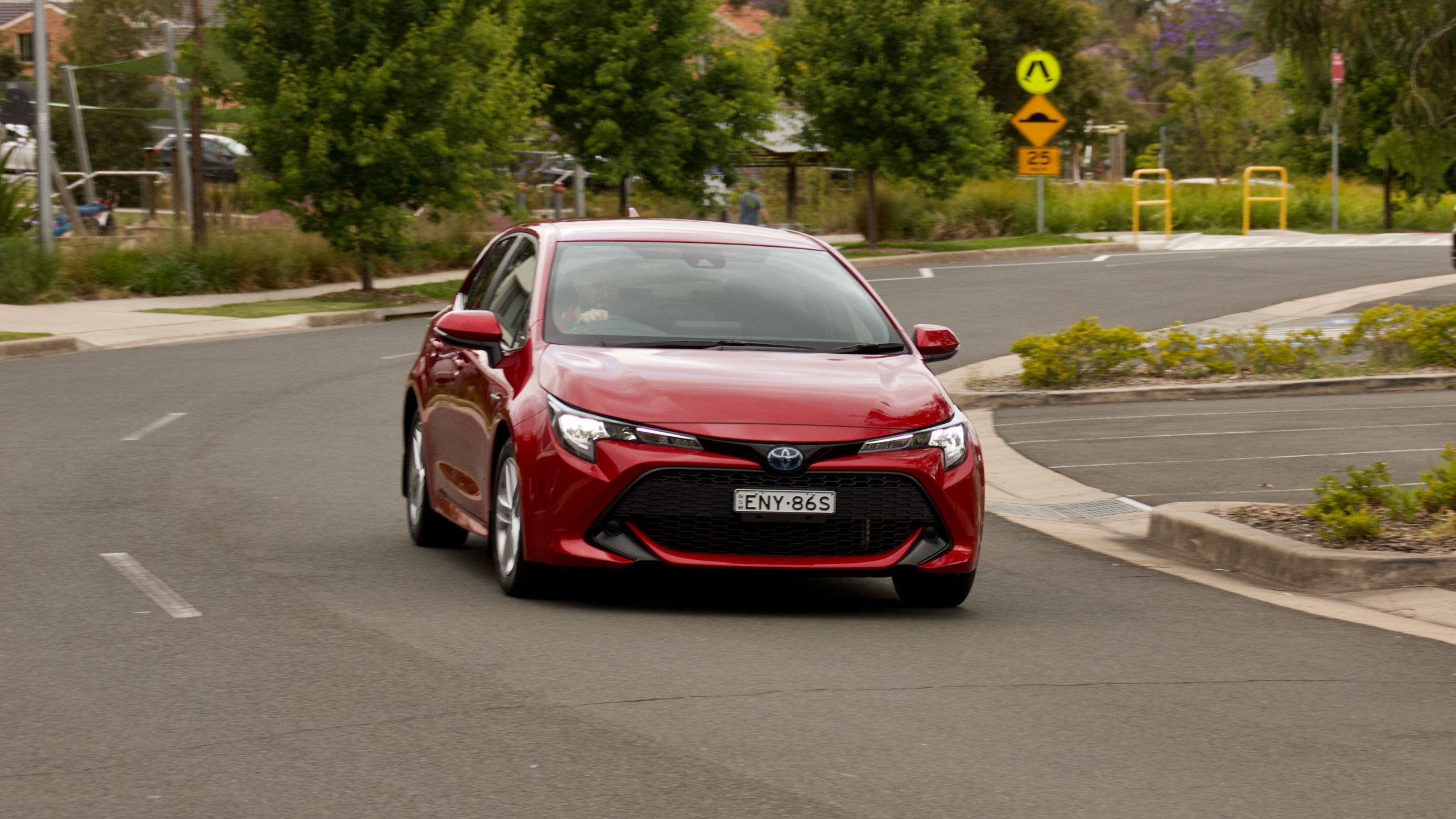
Price & Equipment: 7/10
Priced from $27,395 plus on-road costs ($31,034 drive away in NSW), the Ascent Sport sits as the entry point to the Corolla range in Australia. We tested the 1.8-litre hybrid model – the 2.0-litre petrol is priced $2,000 less.
Standard kit on the entry-level Corolla includes 16-inch alloy wheels, automatic all-LED lighting, an 8.0-inch touchscreen with wired Apple CarPlay and Android Auto, a six-speaker sound system, heated and electric-folding mirrors, manual air-conditioning, automatic windows and a rear centre armrest with cup holders. Choosing the more expensive hybrid also gets you keyless entry/start and dual-zone climate control – which should be standard on the 2.0L petrol as well.
Safety kit includes seven airbags, auto emergency braking (AEB) with pedestrian and cyclist detection, auto high beam, adaptive cruise control with stop and go functionality, lane departure warning with lane trace assist, a reversing camera and speed sign recognition.
Also available is a $1,000 option pack with inbuilt satellite navigation, digital radio and rear privacy glass, while metallic paint options – ‘Eclipse Black’, ‘Peacock Black’ (navy blue), ‘Eclectic Blue’, ‘Graphite’ (grey), ‘Silver Pearl’, ‘Frosted White’ and our test car’s ‘Feverish Red’ – are $575 extra. The only no-cost colour option is ‘Glacier White’. Buyers can also choose a no-cost tyre repair kit to remove the spare wheel and increase the boot space, but more on that later.
Chief competitors to the Corolla include the $30,700 drive away Mazda3 Evolve, $29,490 drive away Hyundai i30 Active and the $32,990 drive away Skoda Scala 110TSI. None of those competitors offer a hybrid option, though the Scala’s 5.1L/100km combined fuel consumption claim isn’t too far off the Corolla. Each of those cars offers more standard kit for the price – a Mazda3 offers features such as a larger centre screen and more safety kit, such as a heads-up display, blind-spot monitoring, rear cross-traffic alert and automatic rear braking.
The i30 and Scala offer other equipment – the i30 will get you a leather steering wheel and leather seats, for example, while a Scala has an electric tailgate, wireless charging, rear air vents and a digital driver’s display for around the same money as the base model Corolla.
Kit missing on the entry-level Corolla includes a leather steering wheel and gear knob, satellite navigation, automatic wipers, front fog lights, auto-folding mirrors, rear vents, more than one USB port (only one in 2021? C’mon Toyota!), wireless charging and a digital driver’s display. All of those features are available if you head up in the Corolla lineup, but with competitors offering a lot of that as standard for less money, why should you have to?
Performance & Fuel Economy: 8/10
Under the bonnet of the 2021 Toyota Corolla Ascent Sport Hybrid is a 72kW/142Nm 1.8-litre four-cylinder petrol engine that’s mated to an electric motor that uses juice from a battery pack. The battery is fed charge through braking and coasting – when you’re not accelerating, really. The drivetrain produces a combined power output of 90kW, which is less than the 110kW Scala, 120kW i30 and 114kW Mazda3 – let alone the 125kW 2.0-litre petrol Corolla. But the boost of electric power from 0rpm makes the Corolla hybrid totally fine to drive around town.
But the Corolla hybrid is no speed demon – the 0-100km/h sprint time is around 11 seconds – and hard acceleration can be made worse by the flaring nature of the transmission, but you learn to modulate the throttle for a more pleasurable driving experience. When done correctly, the Corolla hybrid is entirely fine to drive. With a reasonable load of charge in the battery, full-electric driving can be done from a standstill up to around 40km/h – again, it’s about throttle modulation – and like other hybrid cars, anytime you’re not accelerating and the engine is warm, it switches off for better fuel economy.
Ah yes, fuel economy – the whole point of a hybrid. Toyota claims that the Corolla hybrid hatch will use 4.2L/100km combined, and we achieved 4.4L/100km, which is pretty remarkable considering that it still uses an older nickel hydride battery and not a newer lithium-ion unit. With that sort of economy, you’re looking at a range of around 1,000km, despite its small 43-litre fuel tank. It will also happily run on 91RON fuel for even cheaper running costs.
It’s that great fuel economy that gives the Corolla hybrid a genuine unique selling point in the small hatch class, especially as fuel prices continue to rise locally. While the Scala in particular will be as efficient or more so than the Corolla on a motorway, the Corolla’s urban fuel economy is unmatched in the segment. An i30 will easily use double the fuel for most drivers, for example. We think there’s no point in even considering the petrol Corolla as the hybrid is the car’s unique selling point in this segment.
Ride & Handling: 9/10
It’s a big claim, but the Corolla’s ride and handling is the best in the segment. A total shocker, we know, but thanks to Toyota’s newfound love for keen dynamics, the Corolla rides and handles very well. It’s comfortable, but also quite fun behind the wheel, with keen and quick steering and a really balanced feeling that even keen drivers will appreciate. Given such a solid base, the rumored upcoming GR Corolla should be quite the car to drive.
But while it’s fun to drive, it’s also more than comfortable for those who aren’t interested in having fun behind the wheel. As a commuter car, the Corolla is great thanks to its supple ride quality, light and quick steering and great body control. While it’s certainly stiffer than the last generation car, it’s a much better dynamic package.
Having said that, the 2021 Toyota Corolla is loud at speed. That’s perhaps vocalised by the lack of engine noise at times because of the hybrid drivetrain, but more sound deadening is needed. The visibility is also not great thanks to its more dynamic styling and smaller windows – we wish tech like blind-spot monitoring was standard on even the base model Ascent Sport to help.
Those looking for more visibility should choose the Corolla sedan – or if you’re overseas, the Corolla wagon, which would do much to solve the hatchback’s space issues.
Interior & Practicality: 6/10
The interior of the new-generation 2021 Toyota Corolla is a step over the previous generation car thanks to its newfound focus on design, improved quality and much more cohesive integration of technology. Even in this entry level version of the Corolla, the improvement is easy to see. The quality in the cabin of the Corolla is a definite improvement on the last generation car with soft touch dashboard plastics and a more cohesive use of higher quality materials. The use of a plastic steering wheel and gearknob, as well as the hard plastic door materials does take a shine off things, though – especially when the upper-spec models fix this issue.
Standard on all Corolla models is an 8.0-inch touchscreen with wired Apple CarPlay and Android Auto – and this car has the $1,000-optional pack that includes satellite navigation, digital radio and rear privacy glass that we think should be standard equipment. The software used is identical to other new Toyota models and while it’s a big improvement on previous Toyota systems, it can still be a slow system to use.
Where the Corolla’s interior falls down is with practicality. Put simply, there isn’t enough of it – from the small centre console, lack of USB ports and a tiny rear seat and boot, Toyota has clearly put SUVs at the top of the list for those wanting practicality – and that means that the Corolla has been made less practical. The rear seat of the Corolla hatch is pretty tight, even for smaller folk, and it’s fairly featureless as well – you get a centre armrest with cup holders, a single map pocket and a bottle holder in each door but that’s it as there are no air vents, no charging ports and no door pockets. The i30 – let alone the roomy Scala – is noticeably bigger in the back than the Corolla.
Perhaps due to the SUV boom, the Corolla hatch’s boot is just 217-litres, which is less than half of the 467L in the Skoda Scala and a lot smaller than the 380L in the Hyundai i30. Buyers can choose a tyre repair kit for the car to increase the boot space, which removes the spare wheel but increases the size to 333L. There are a few hooks to hold bags and a deep under-floor storage area as well, but that’s it. When the seats are folded, it features a completely flat floor – Toyota doesn’t quote the size with the seats folded.
Service & Running Costs: 9.5/10
This is where Toyota really has the market covered. Like its competitors, the 2021 Toyota Corolla hybrid comes with a five-year/unlimited km warranty – though with no roadside assistance. Service intervals are once-yearly/every 15,000km and over five years, the Corolla hybrid costs just $1,025 to service ($205 each year).
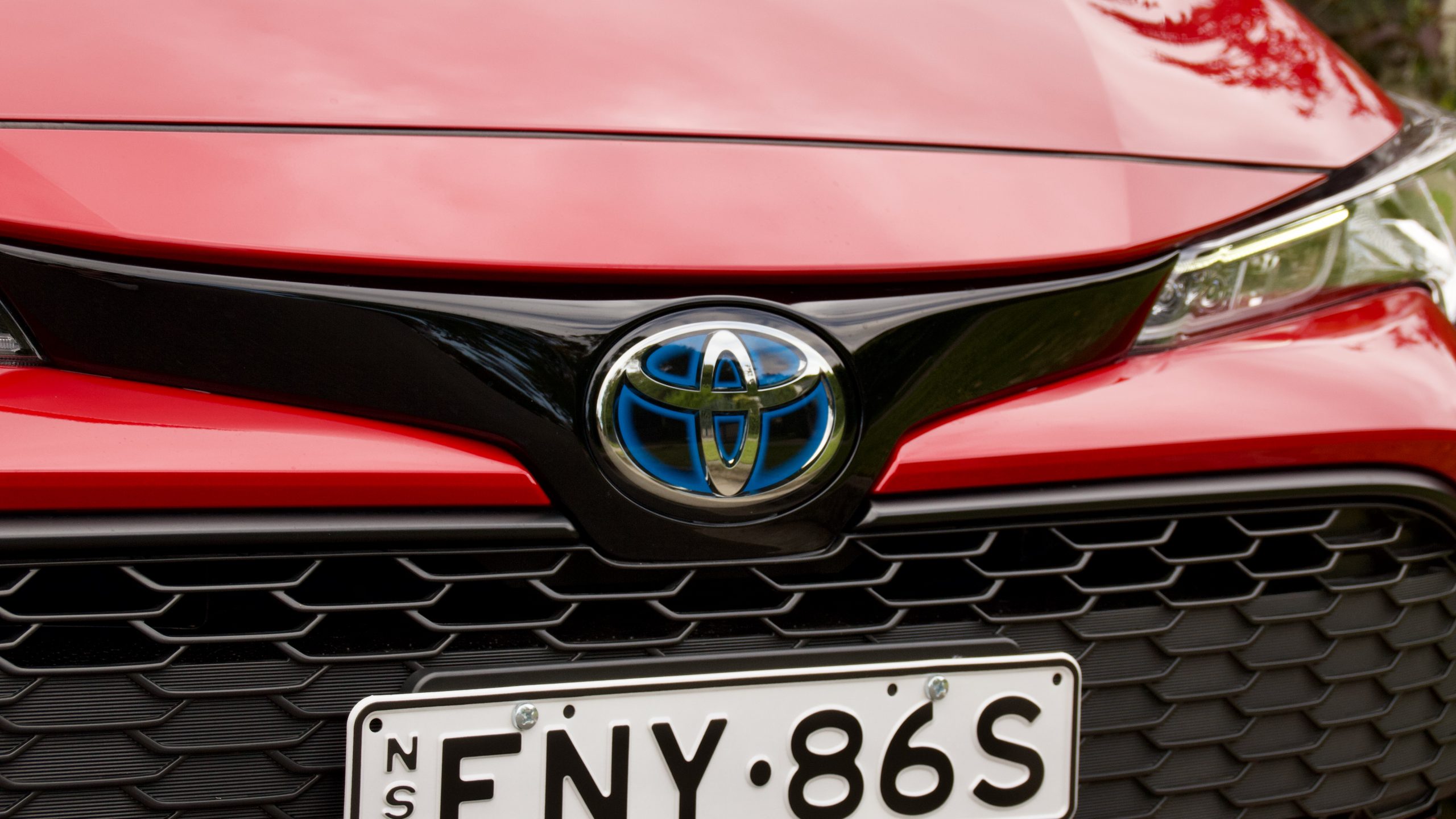
While its rivals come with roadside assistance – the Mazda3 comes with five years and the i30 and Scala both come with a single year that is extended up to five years in total with each dealer service – the Corolla’s service cost is comfortably less than rivals. The i30 costs $1,495 ($299 per service – more than the Toyota but still quite reasonable), the Mazda3 costs $1,947 ($387 per service) to 50,000km thanks to its shorter 10,000km intervals and the Skoda Scala costs $2,447 ($489 per service) though you can pre-purchase a five-year/75,000km service pack for $1,500 ($300 per service) to lessen costs, and that includes roadside assistance for the duration of the service pack.
The 2021 Toyota Corolla Ascent Sport Hybrid Hatch DiscoverAuto Rating: 7.9/10
We’re big fans of the 2021 Toyota Corolla. While it’s obviously not the most practical car in the world, it’s taken big steps in driving fun that has made it a genuinely enjoyable car from behind the wheel. In addition to that, it looks great, the interior is much more exciting to look at than the last car, the hybrid drivetrain makes it very cheap to run and its service costs are pretty low as well.
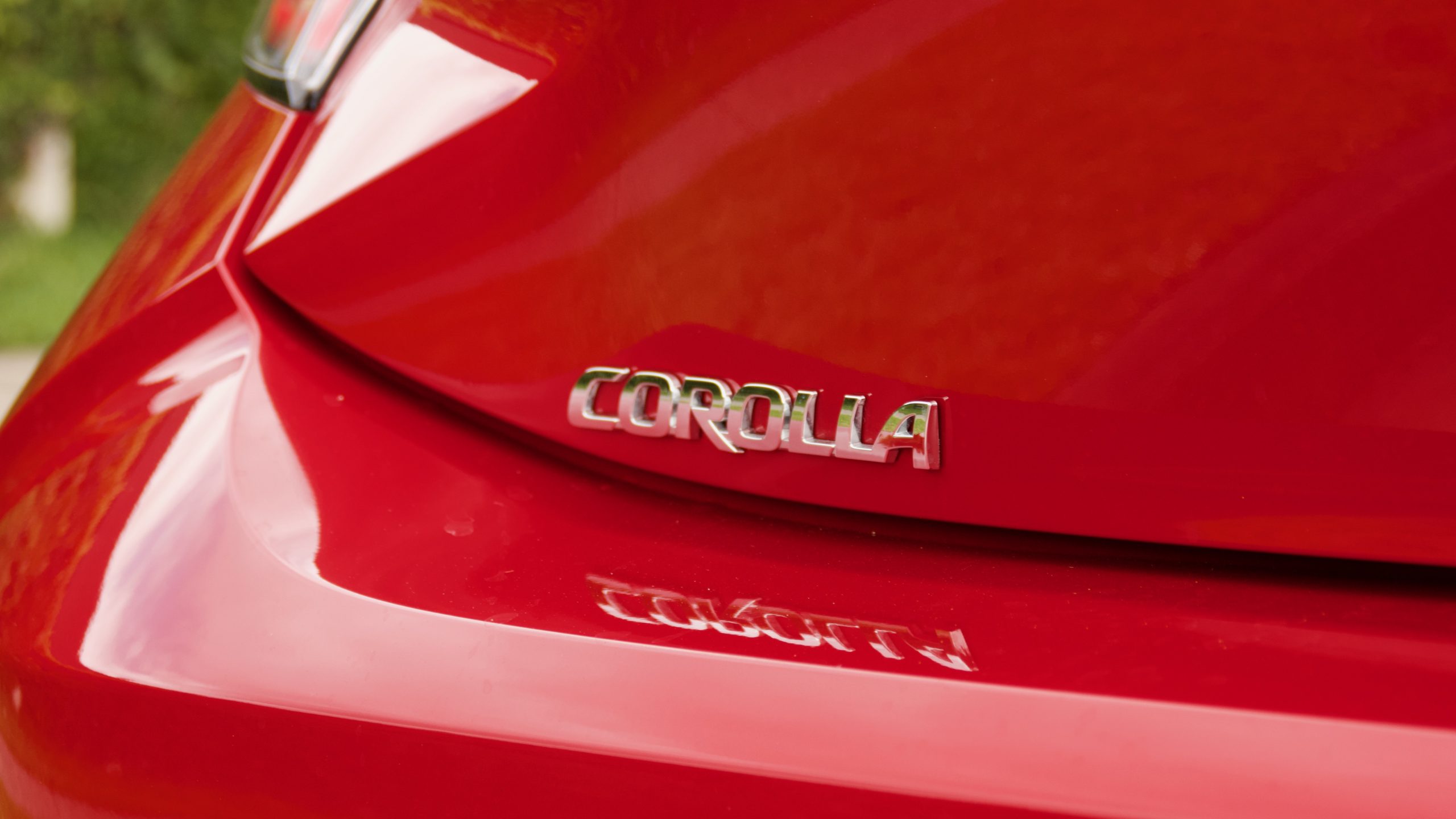
Of course, it’s not perfect with its poor rear packaging, poor performance and lacklustre value equation. But those issues aside, the Corolla shines higher in this generation than previous ones for a long time and that in itself is very much worth celebrating. Competitors offer more space, better value and a higher quality interior, but Toyota’s newfound love for driving fun has us impressed, and we can’t wait to see what its future products will bring.
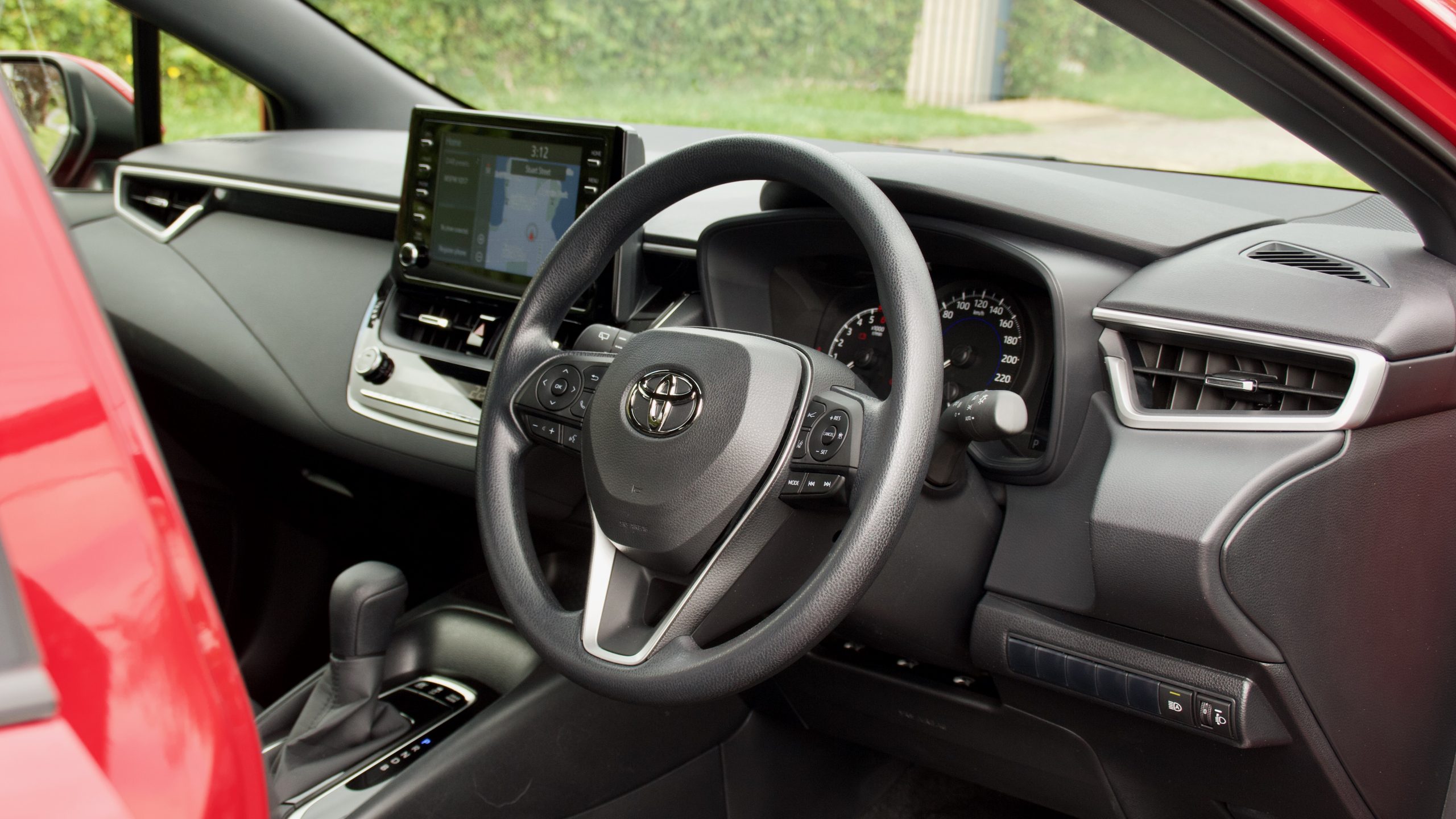
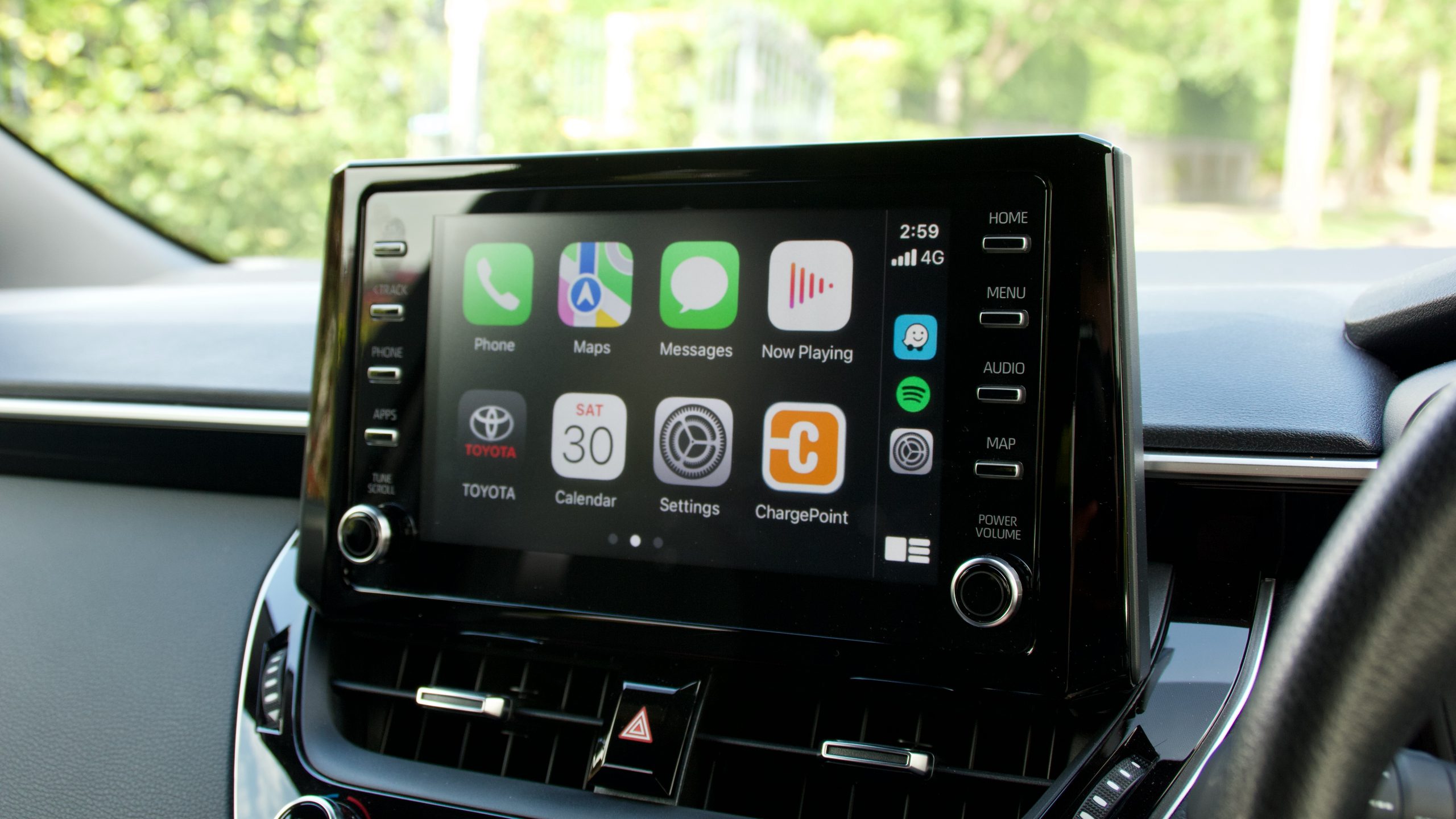
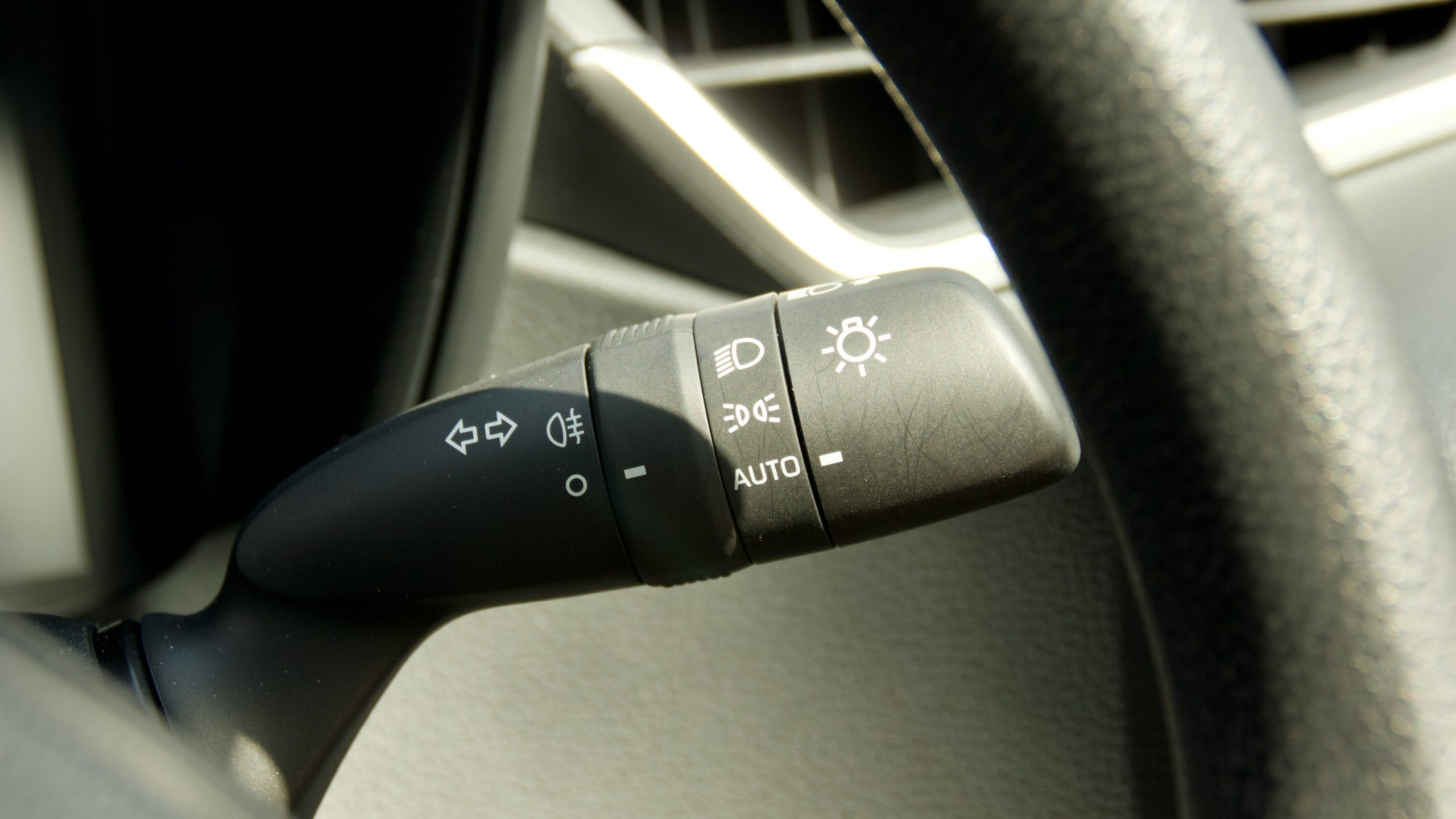
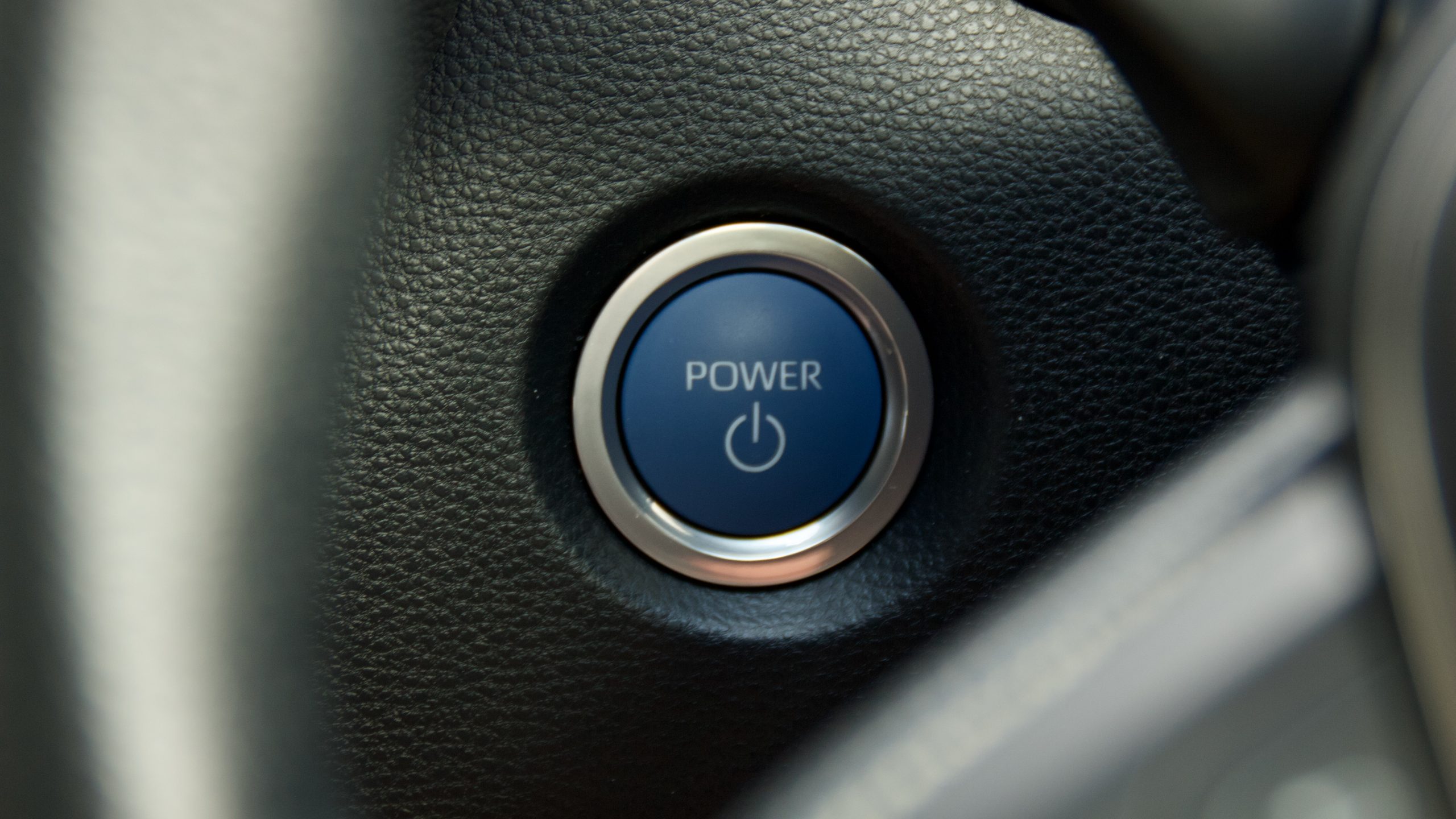
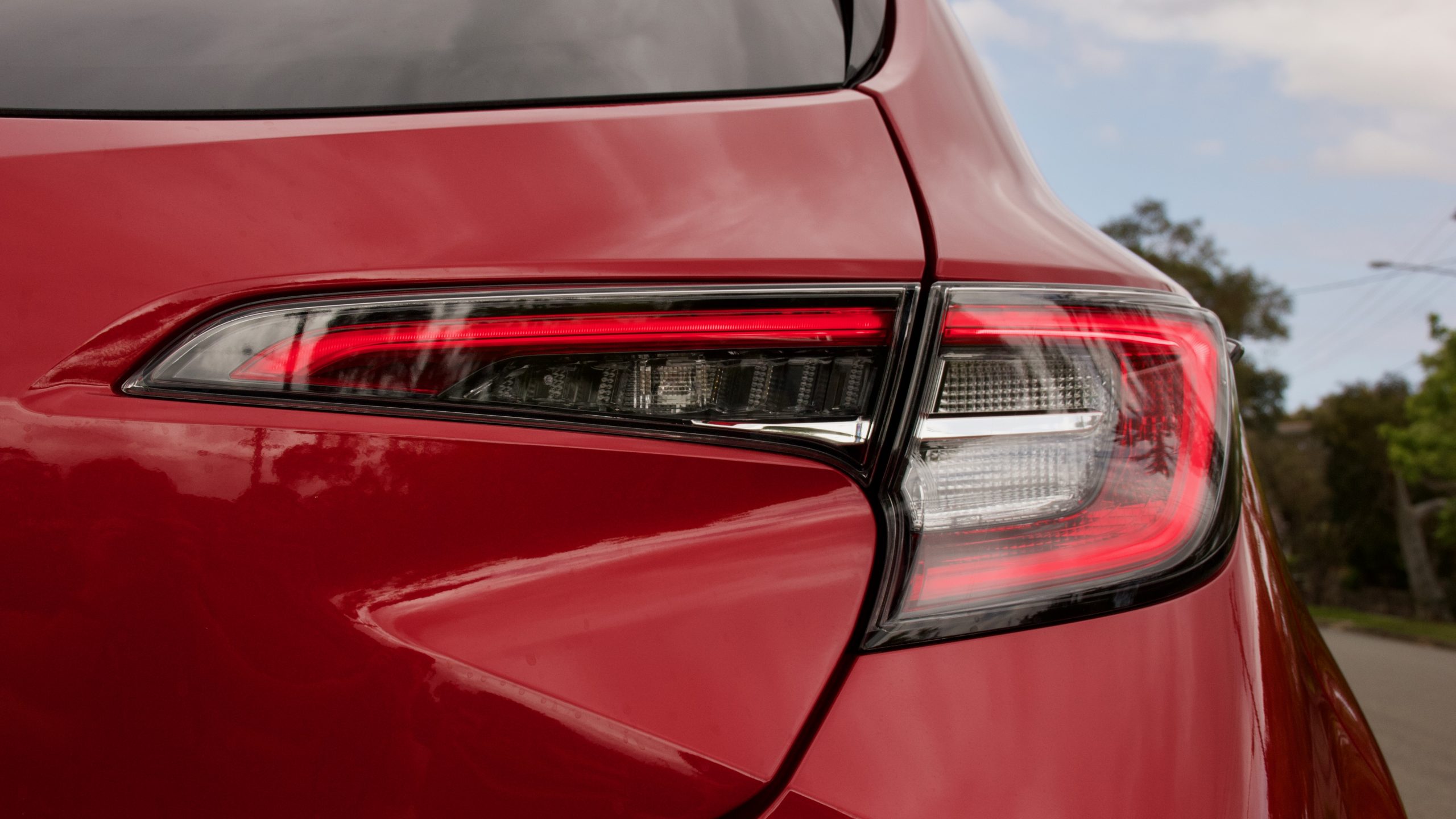
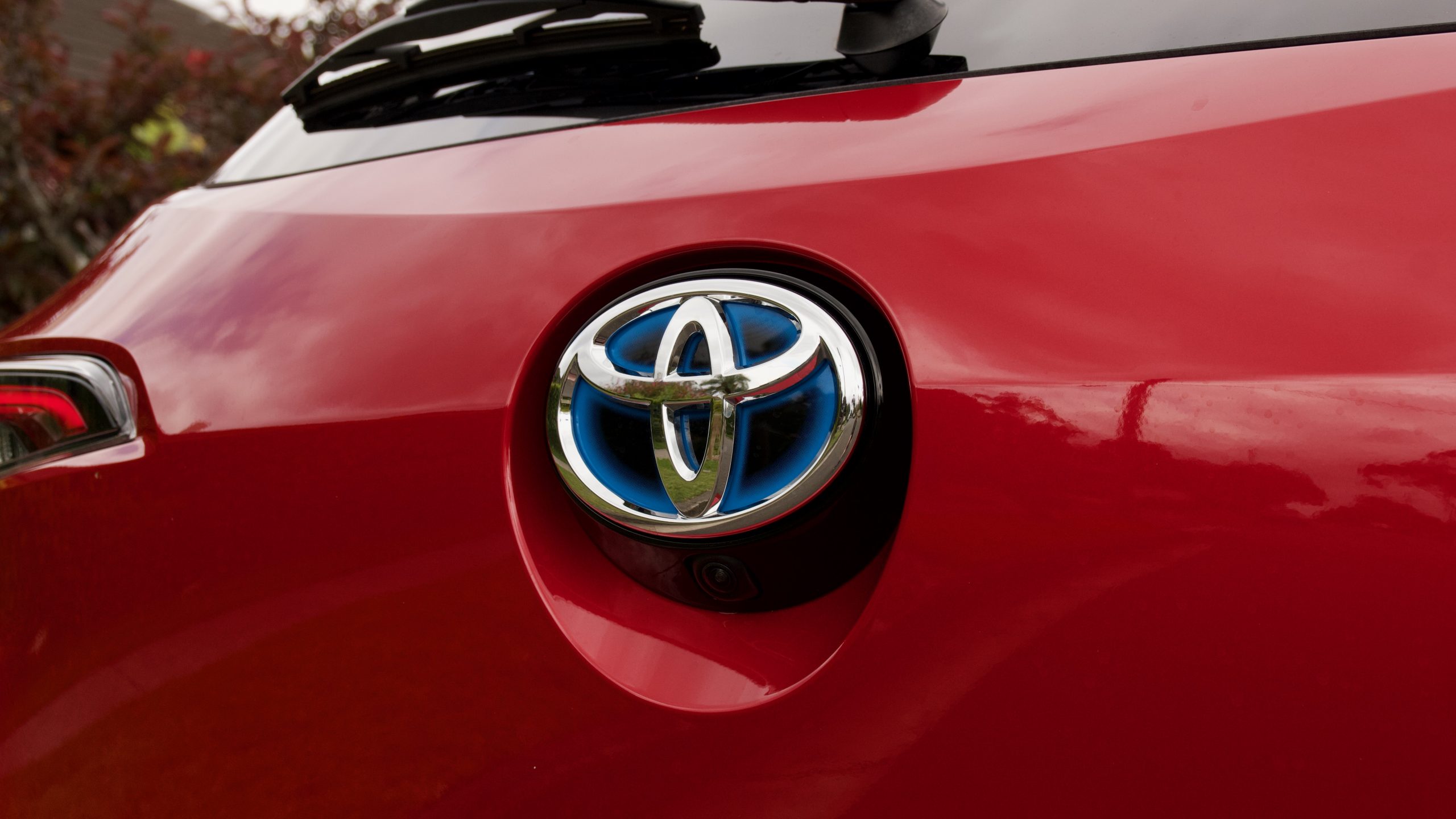
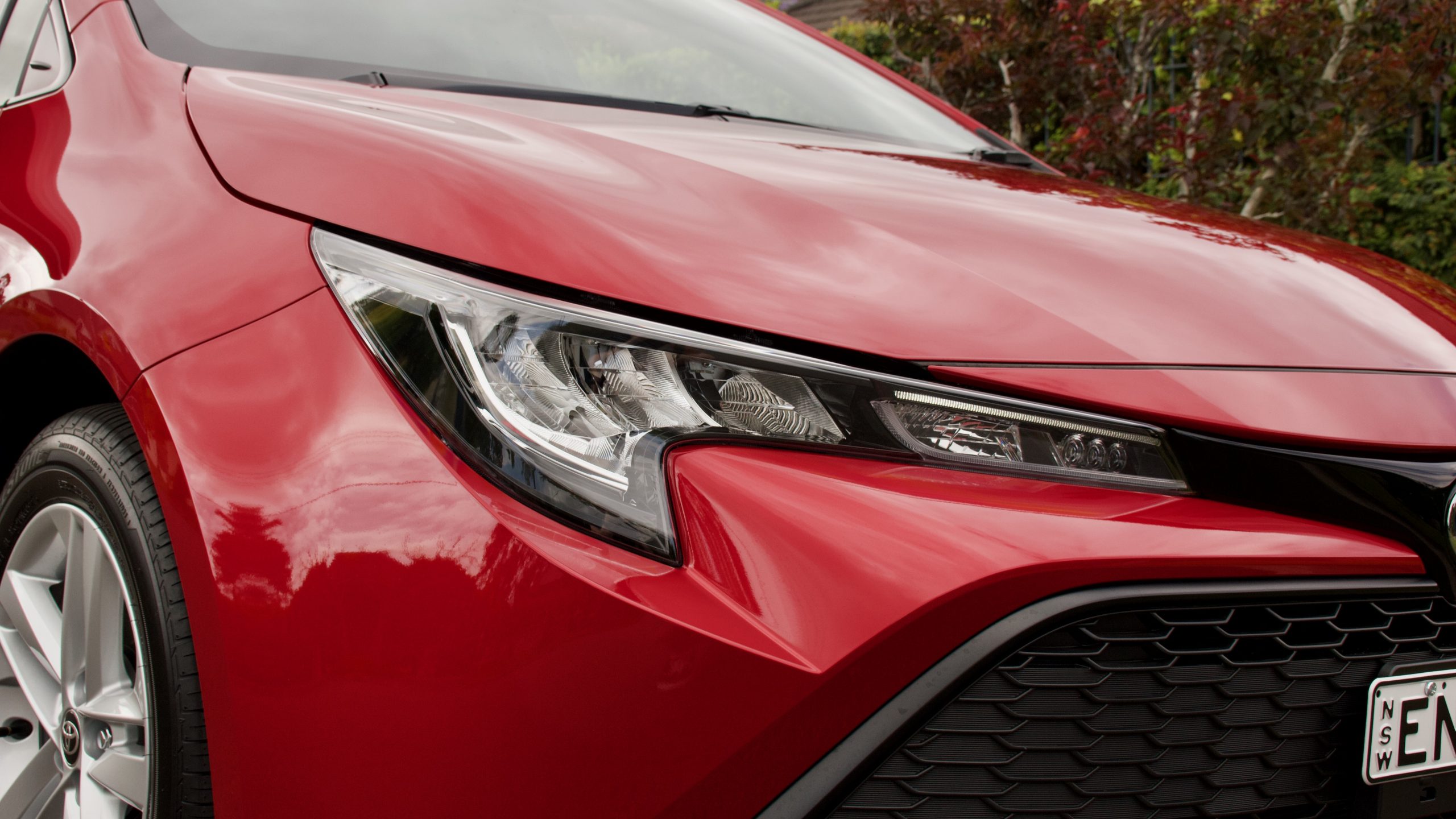
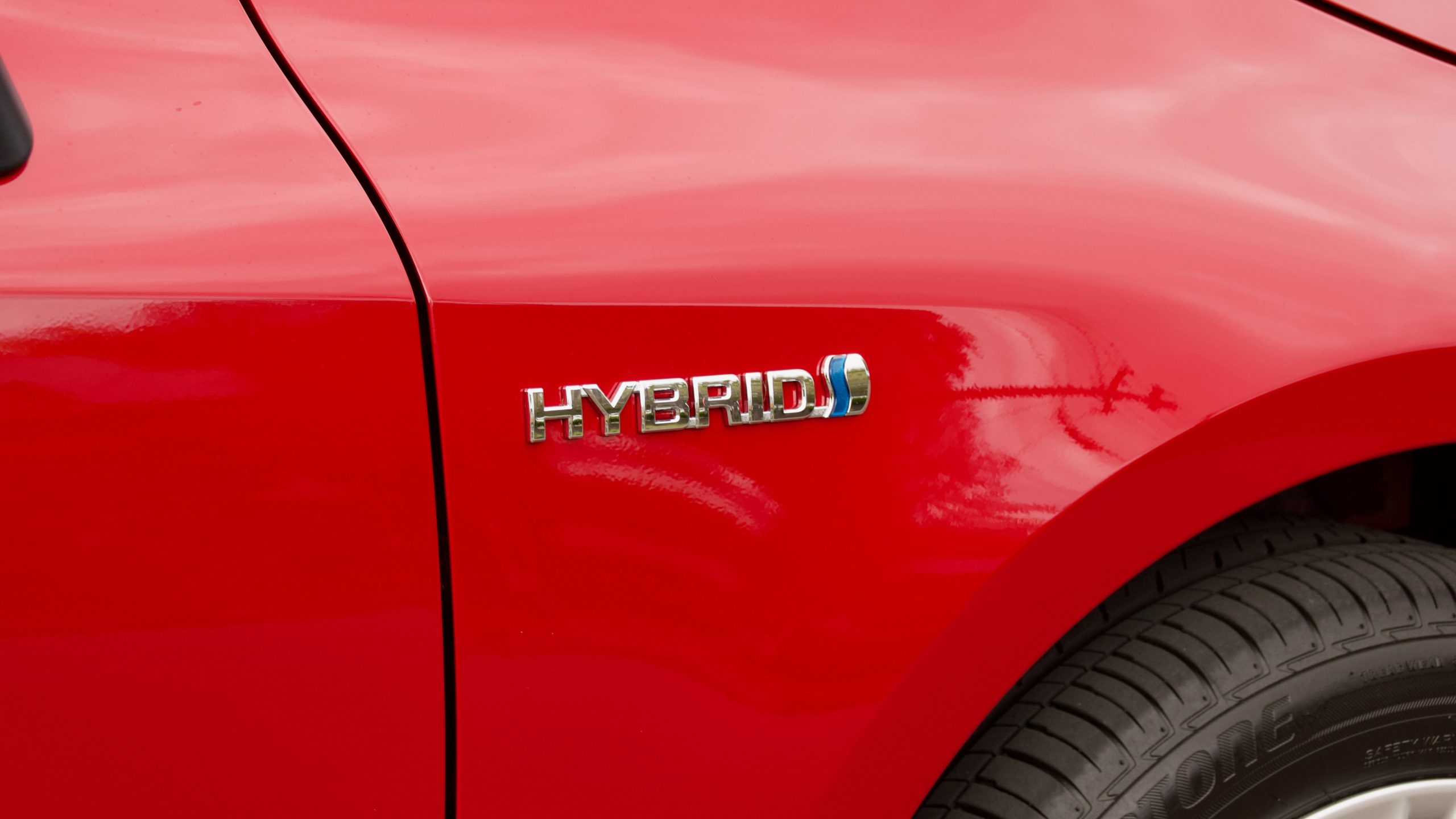
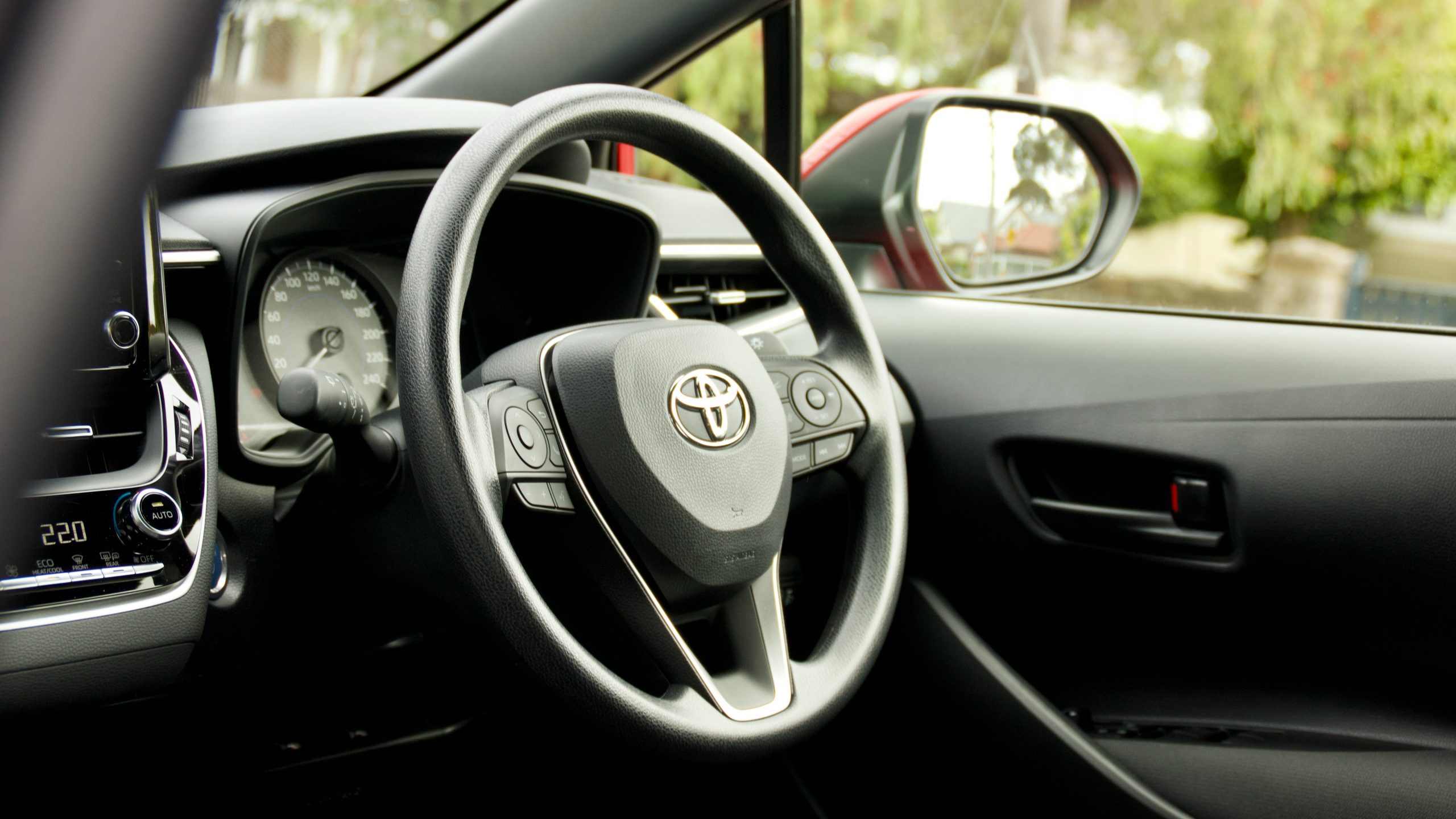
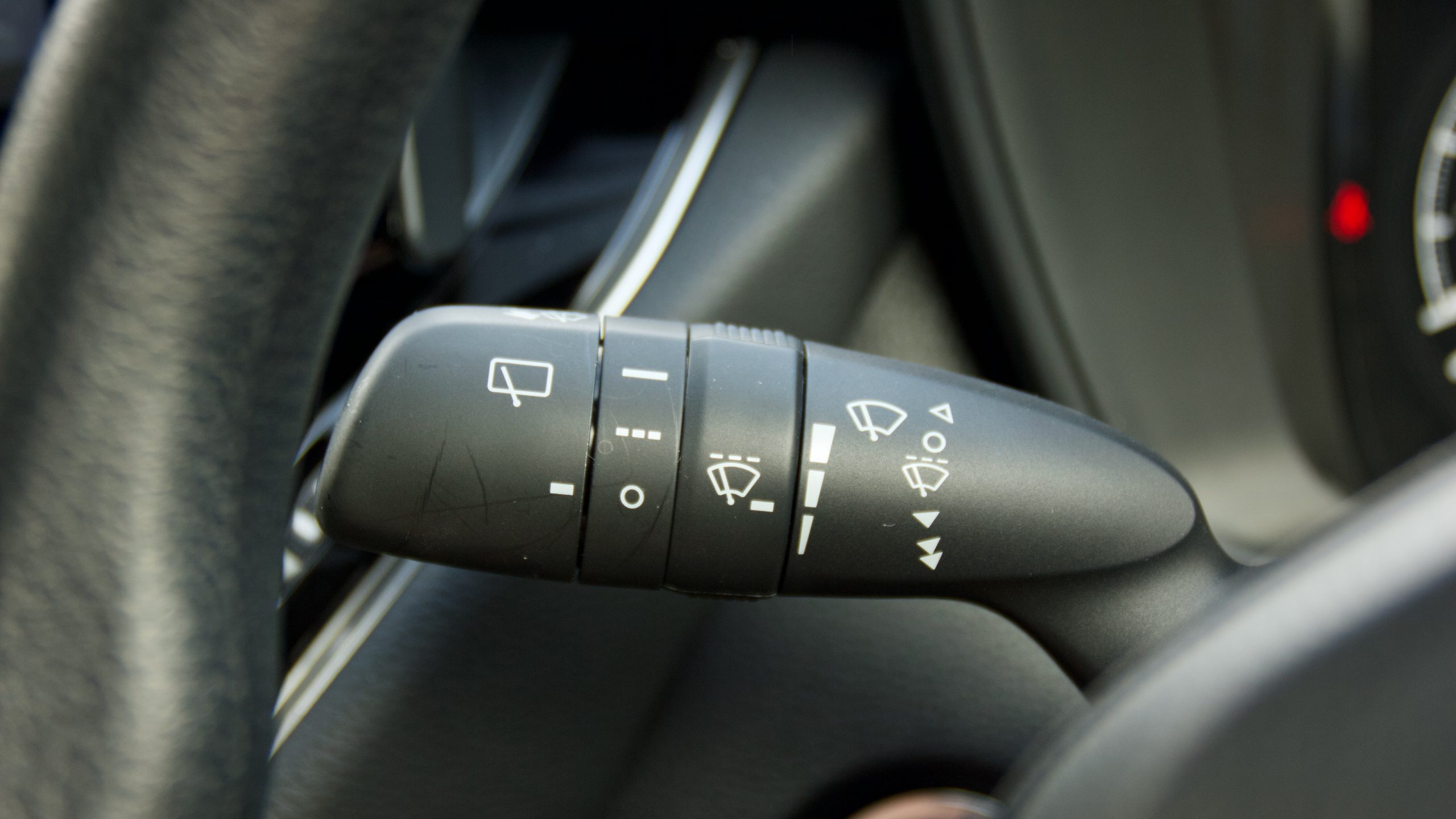
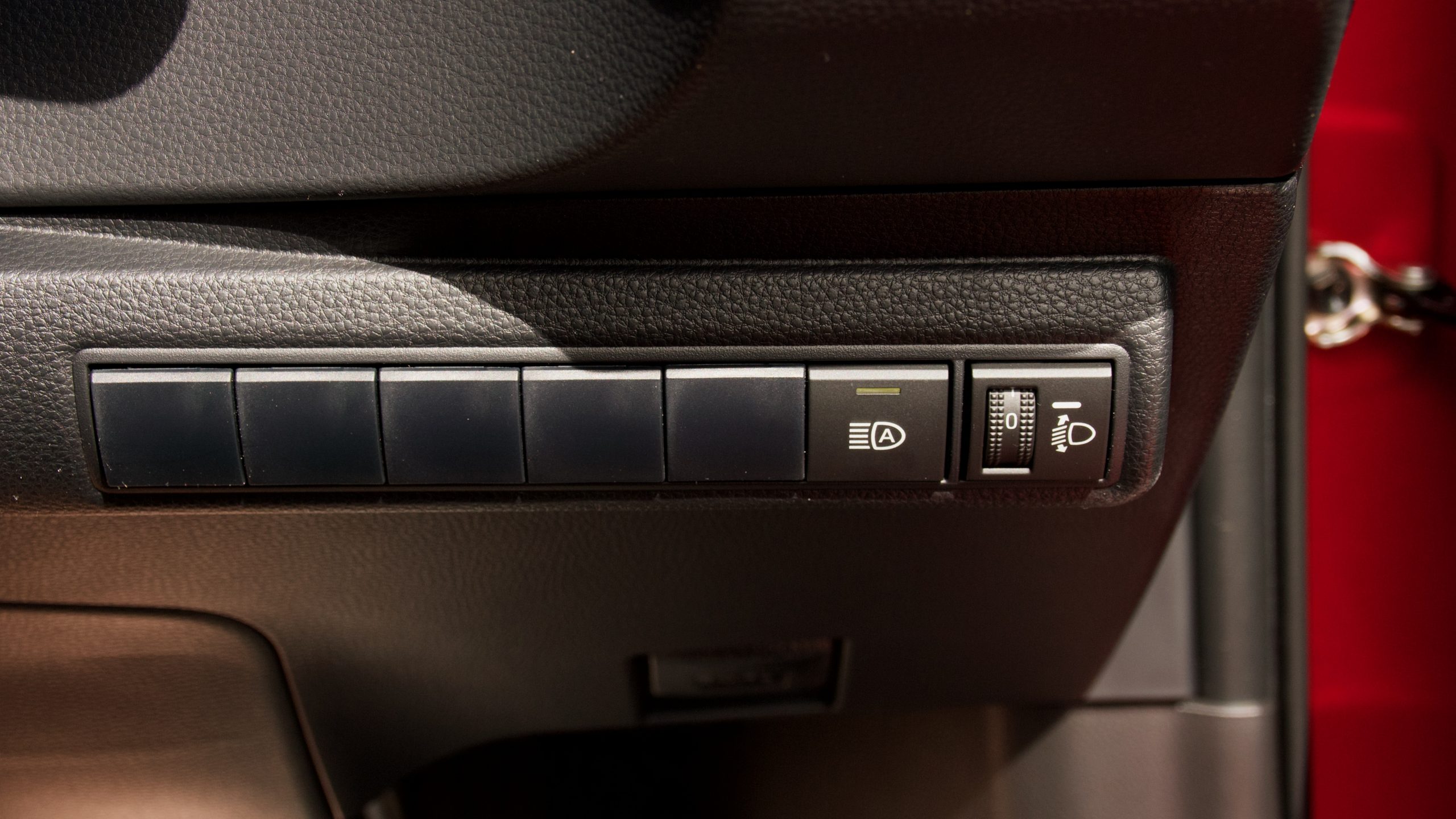
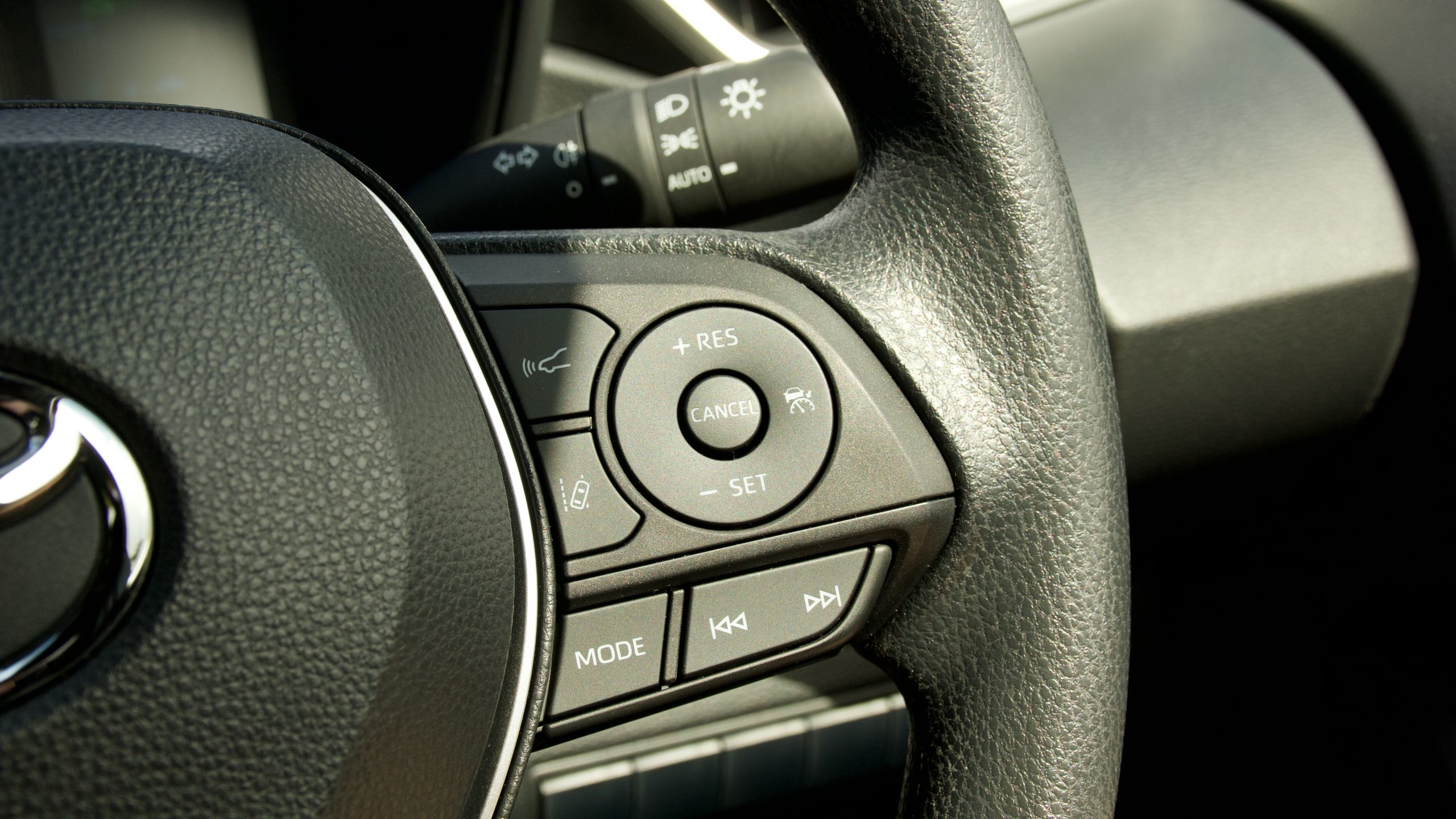
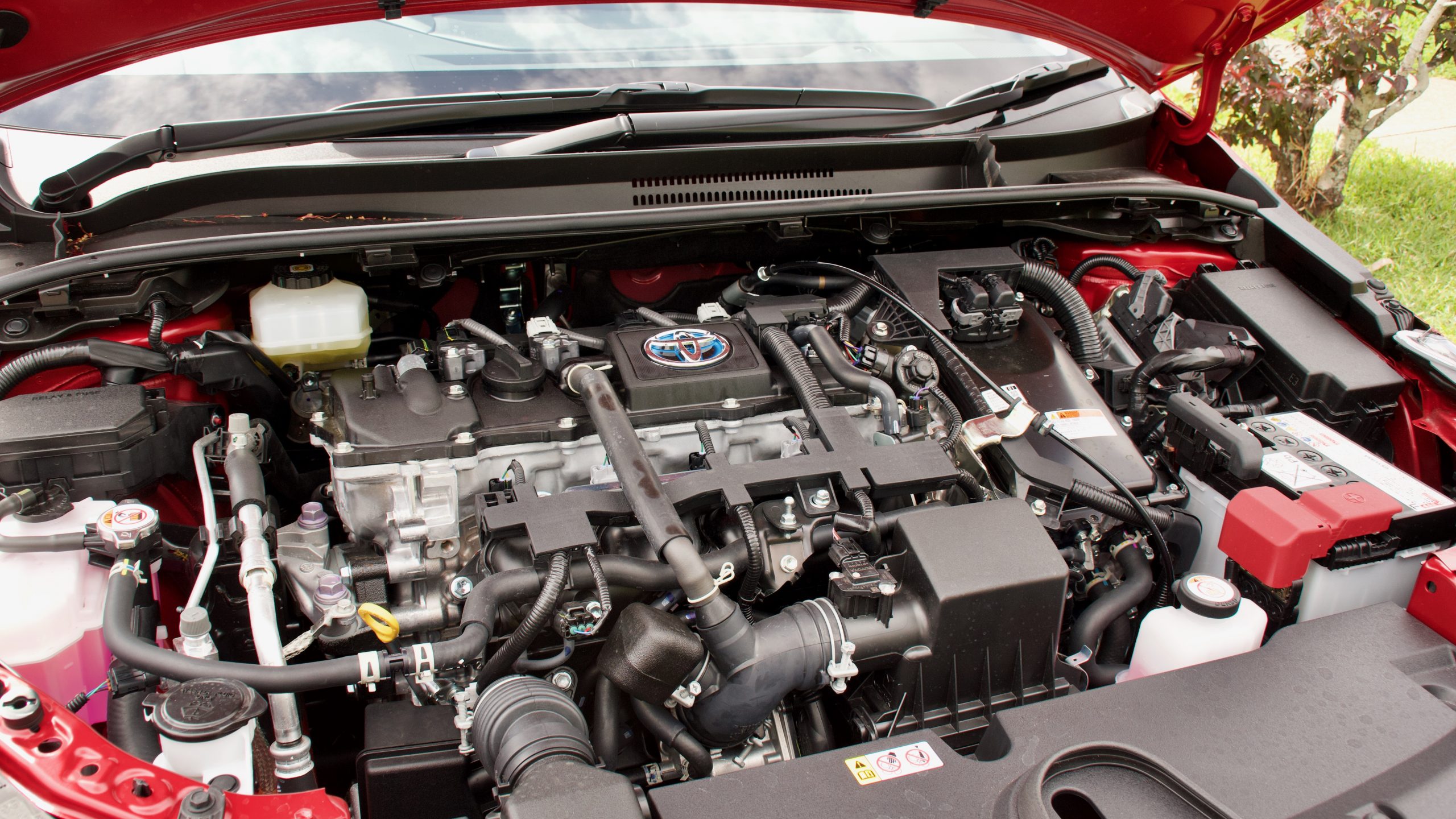
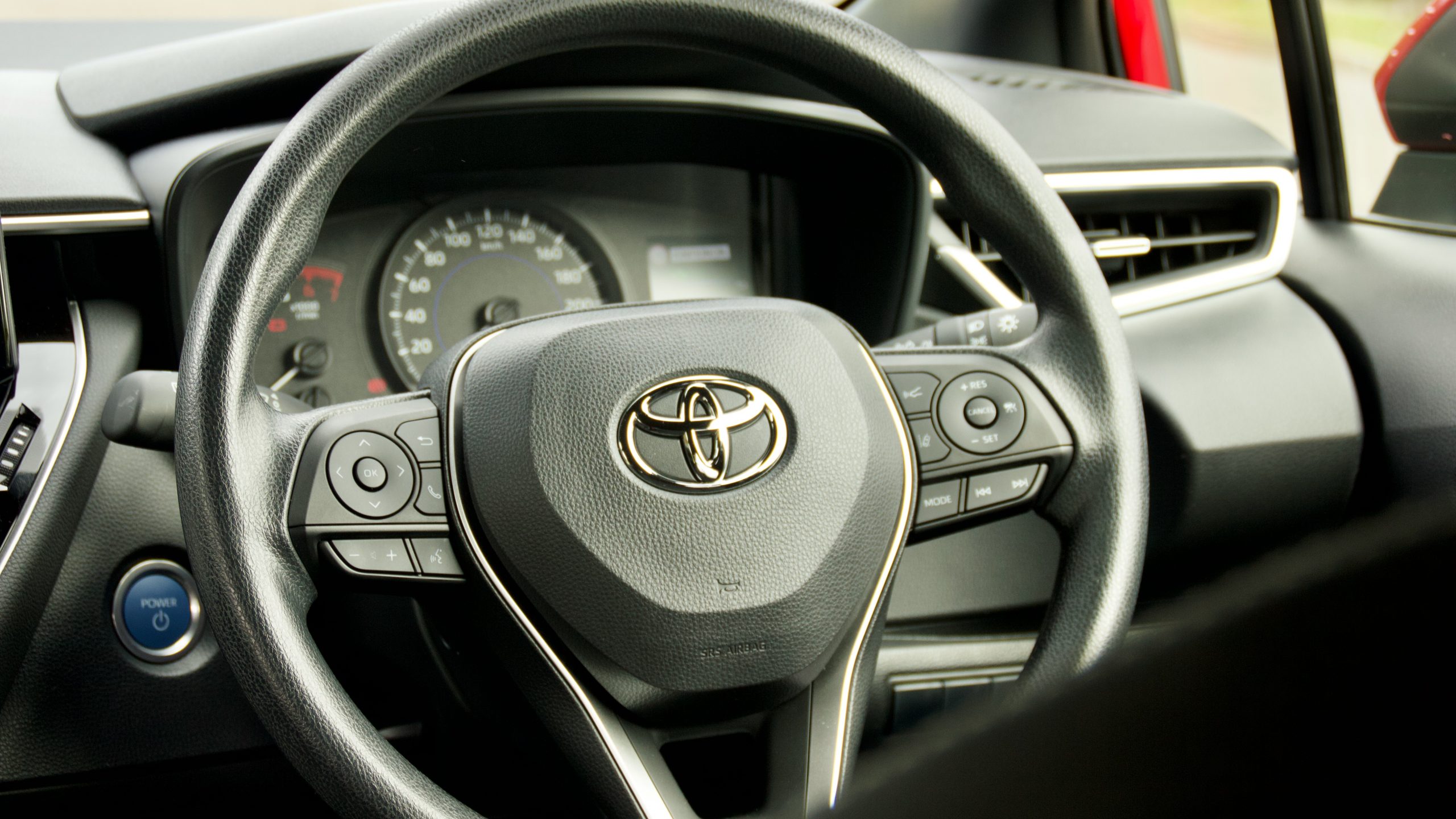
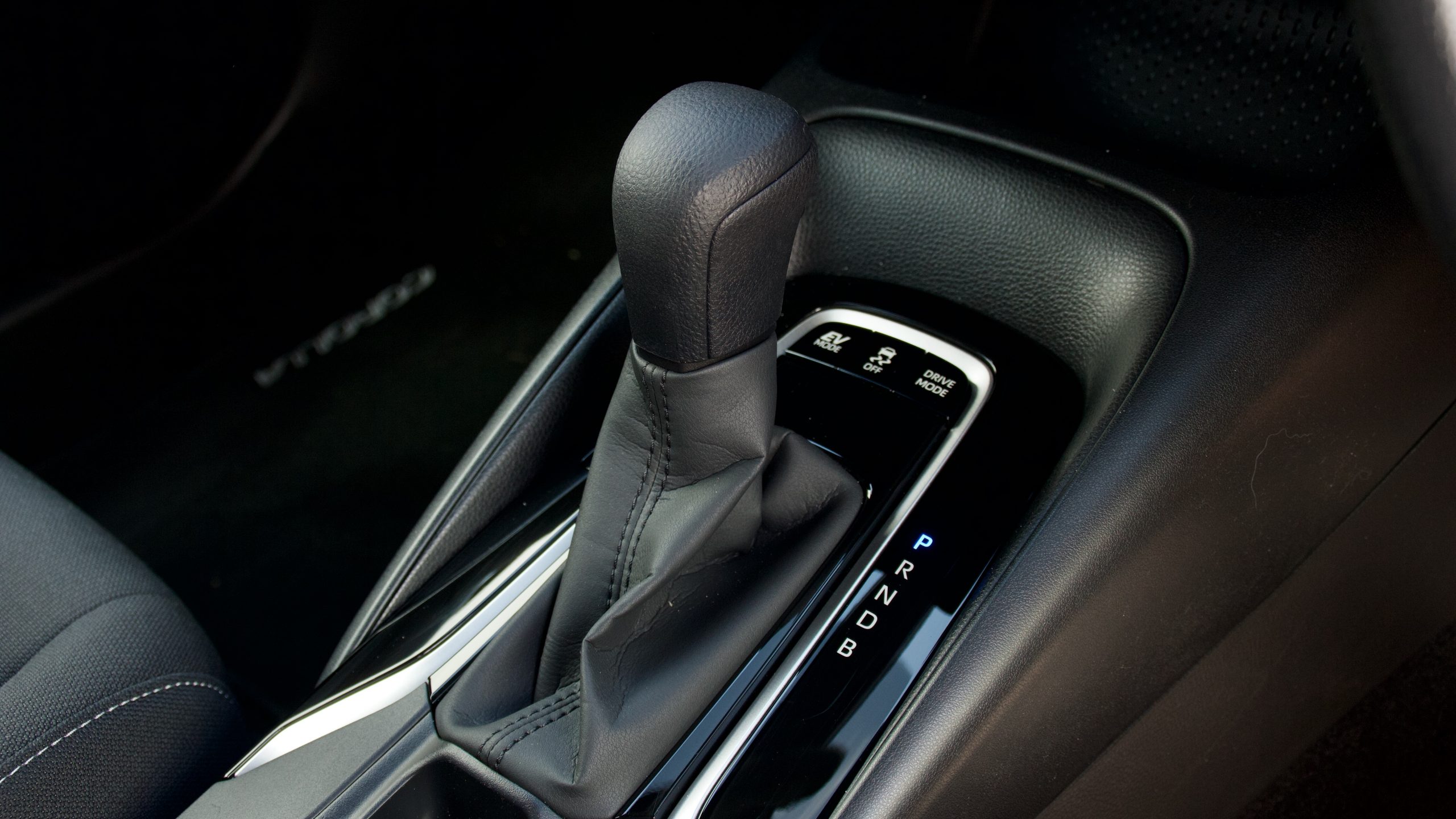
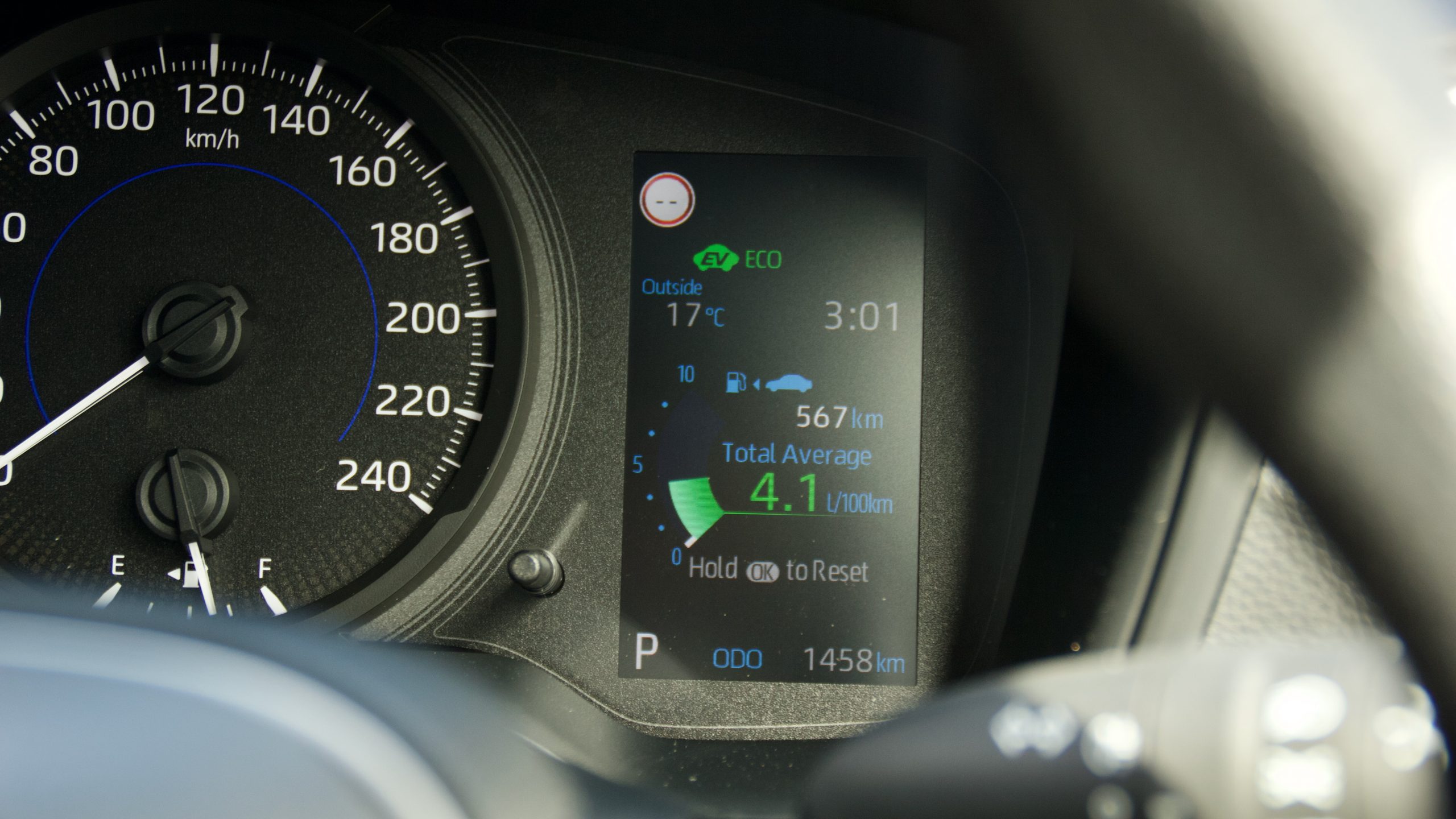
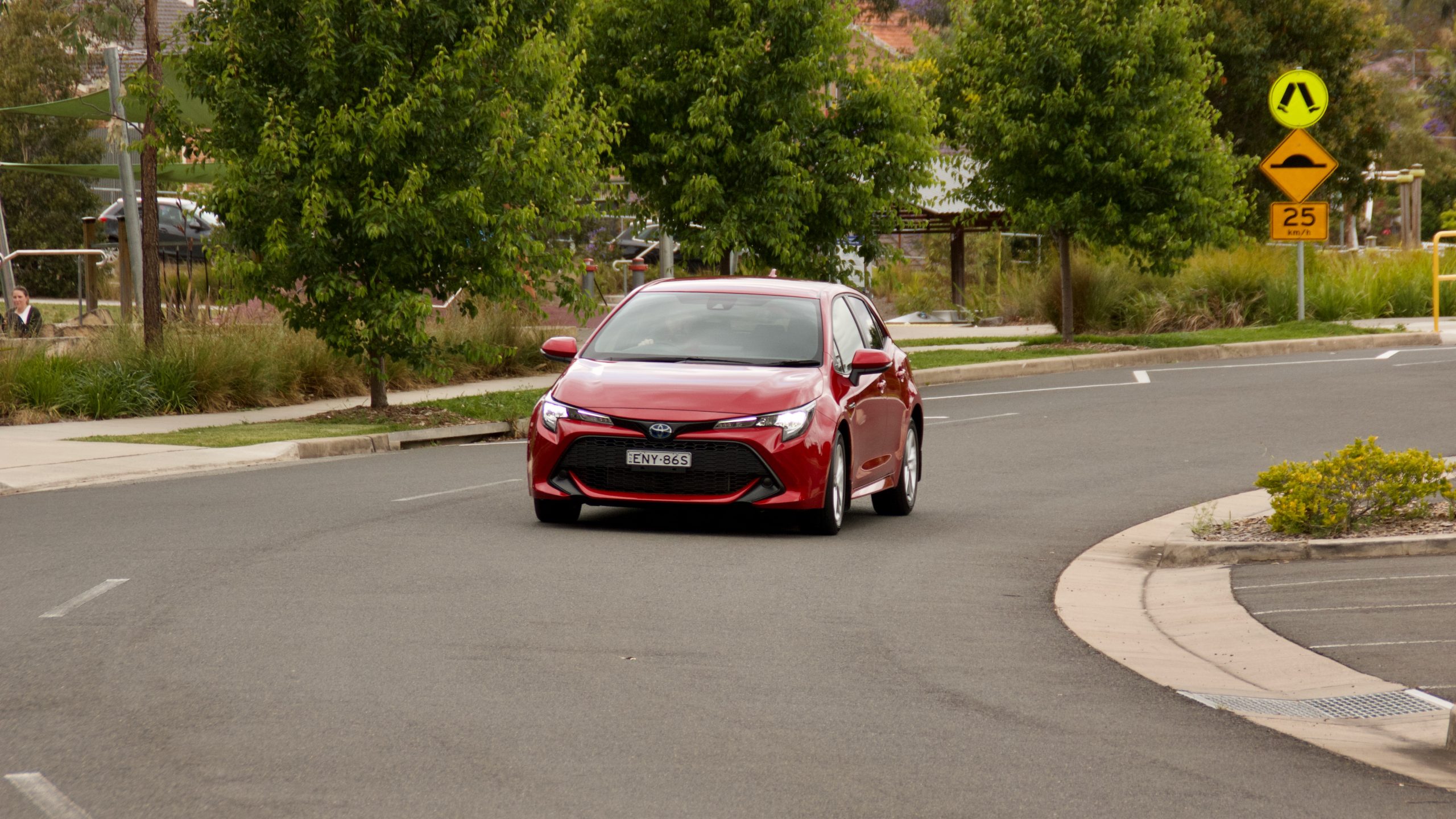
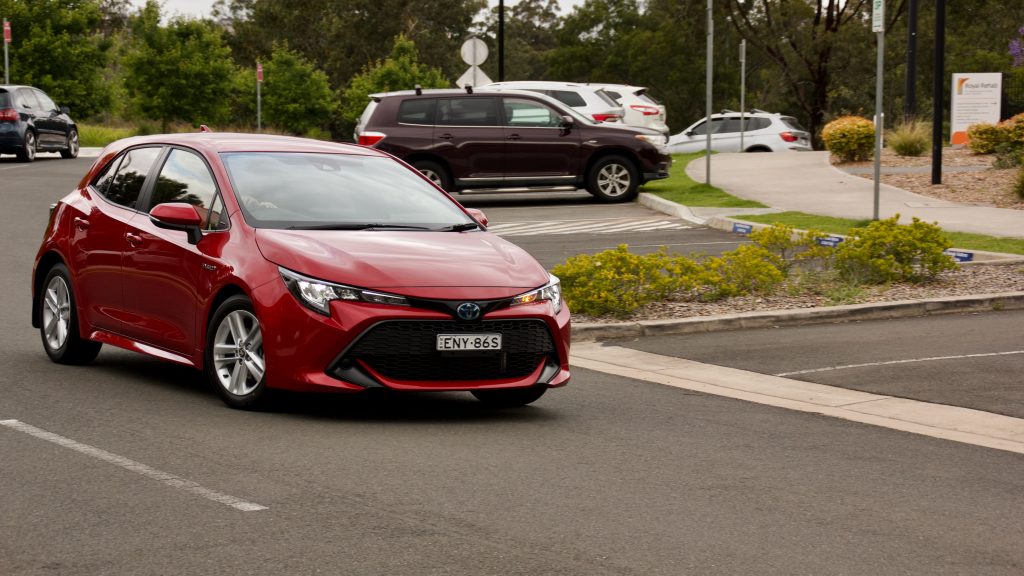
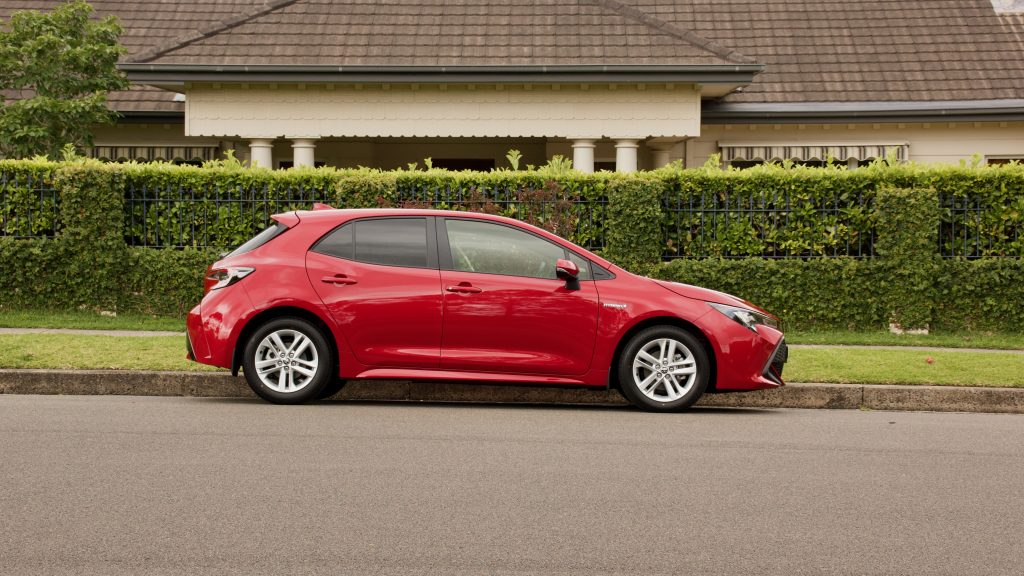
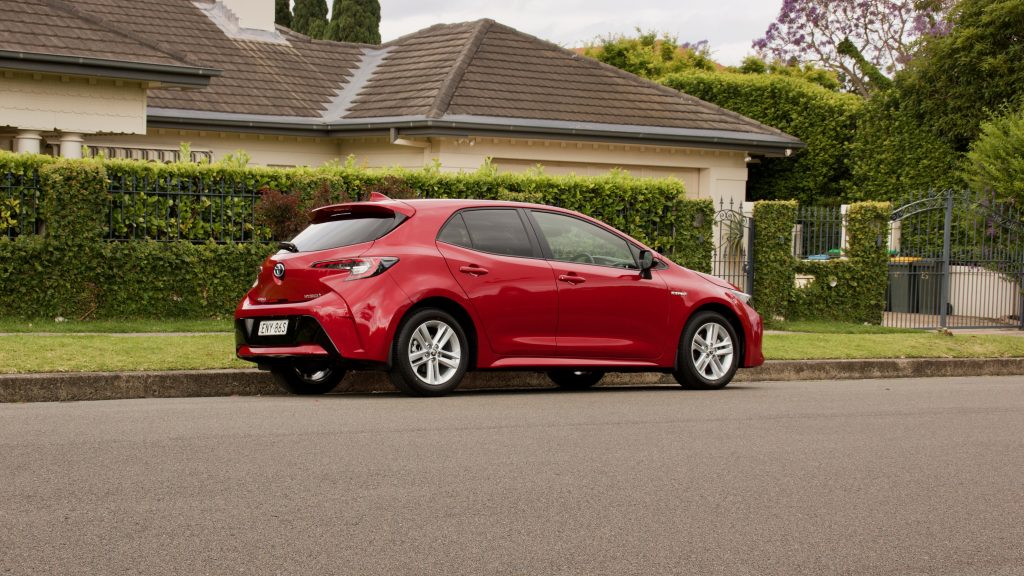
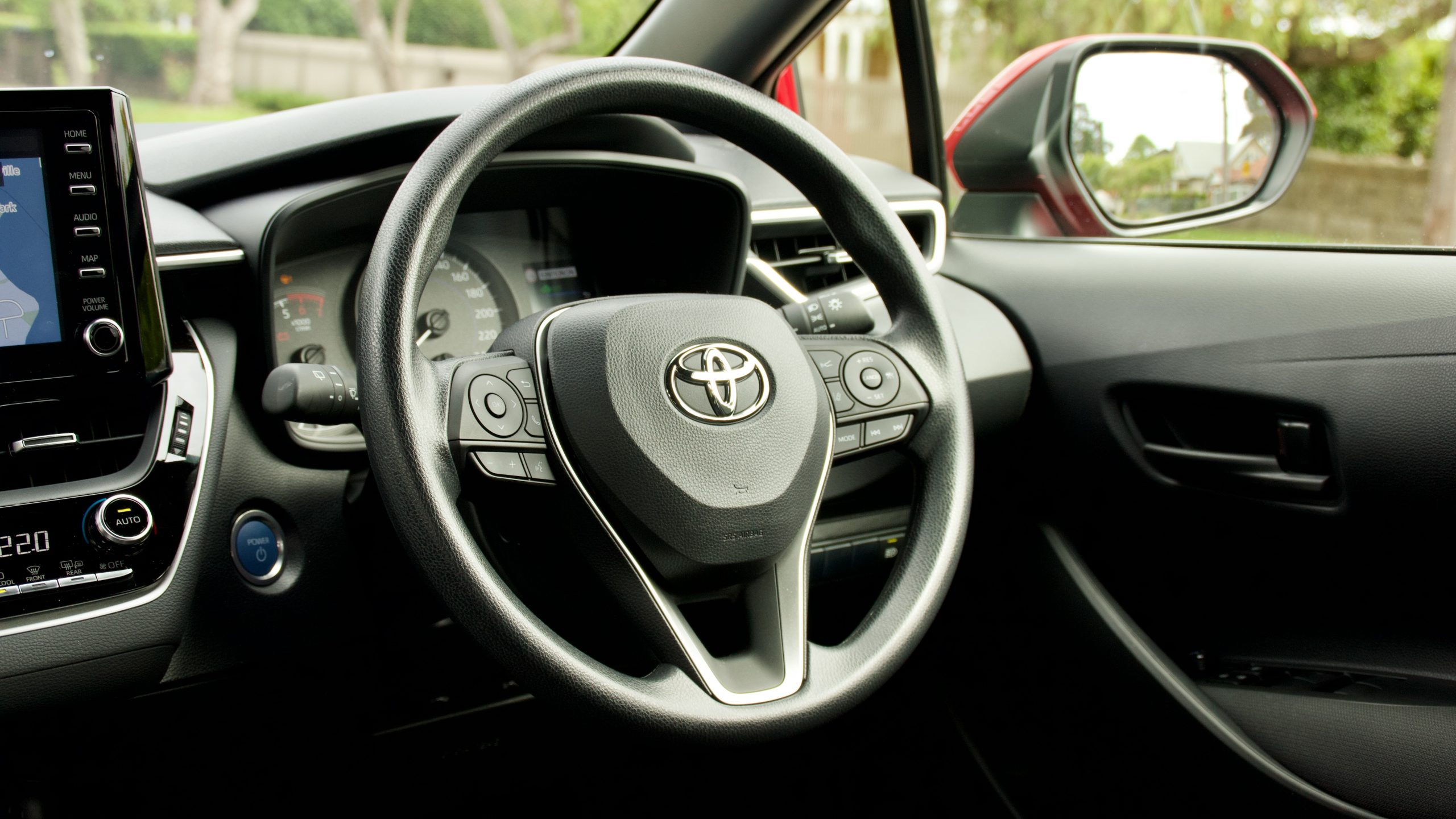
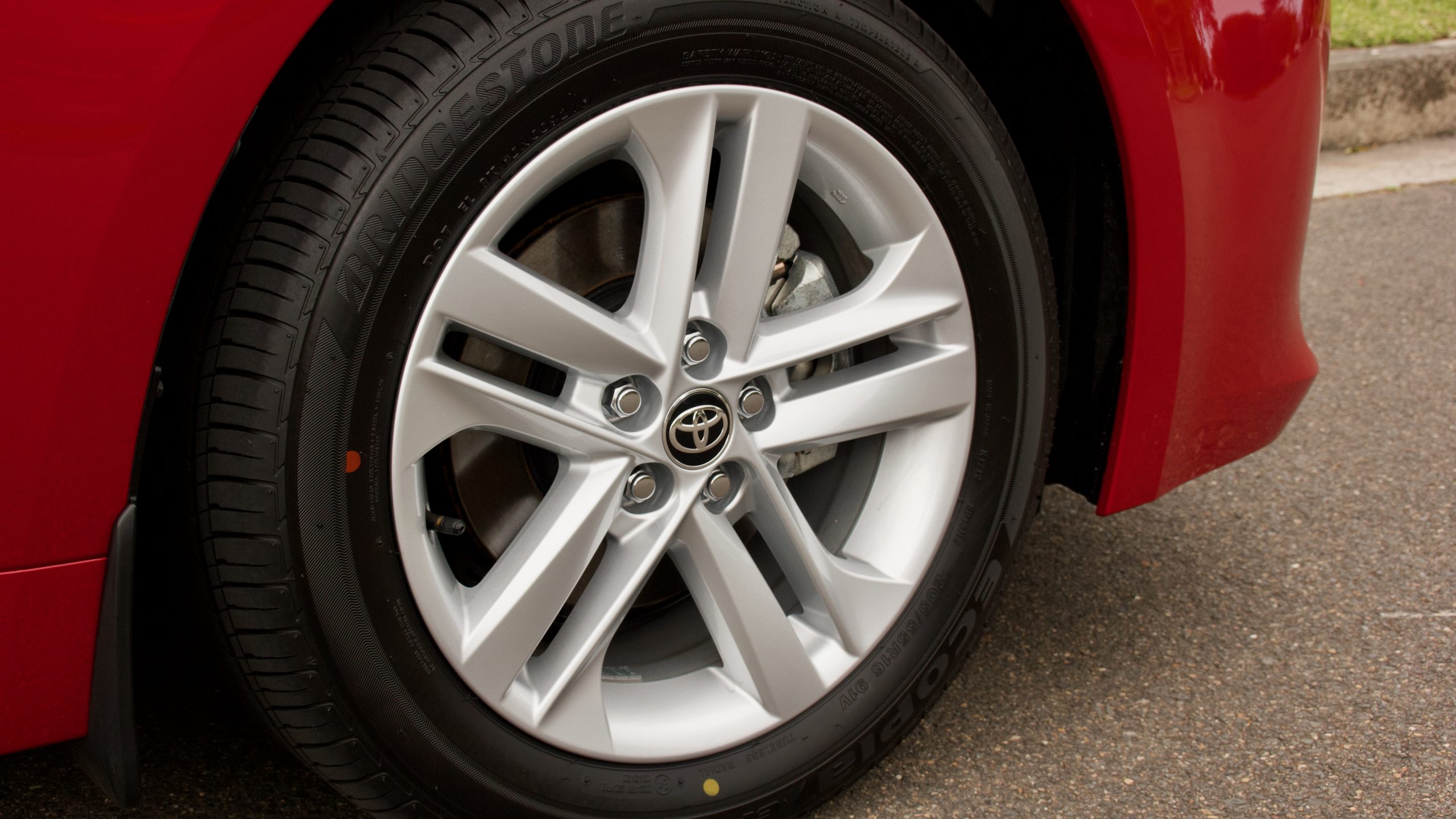
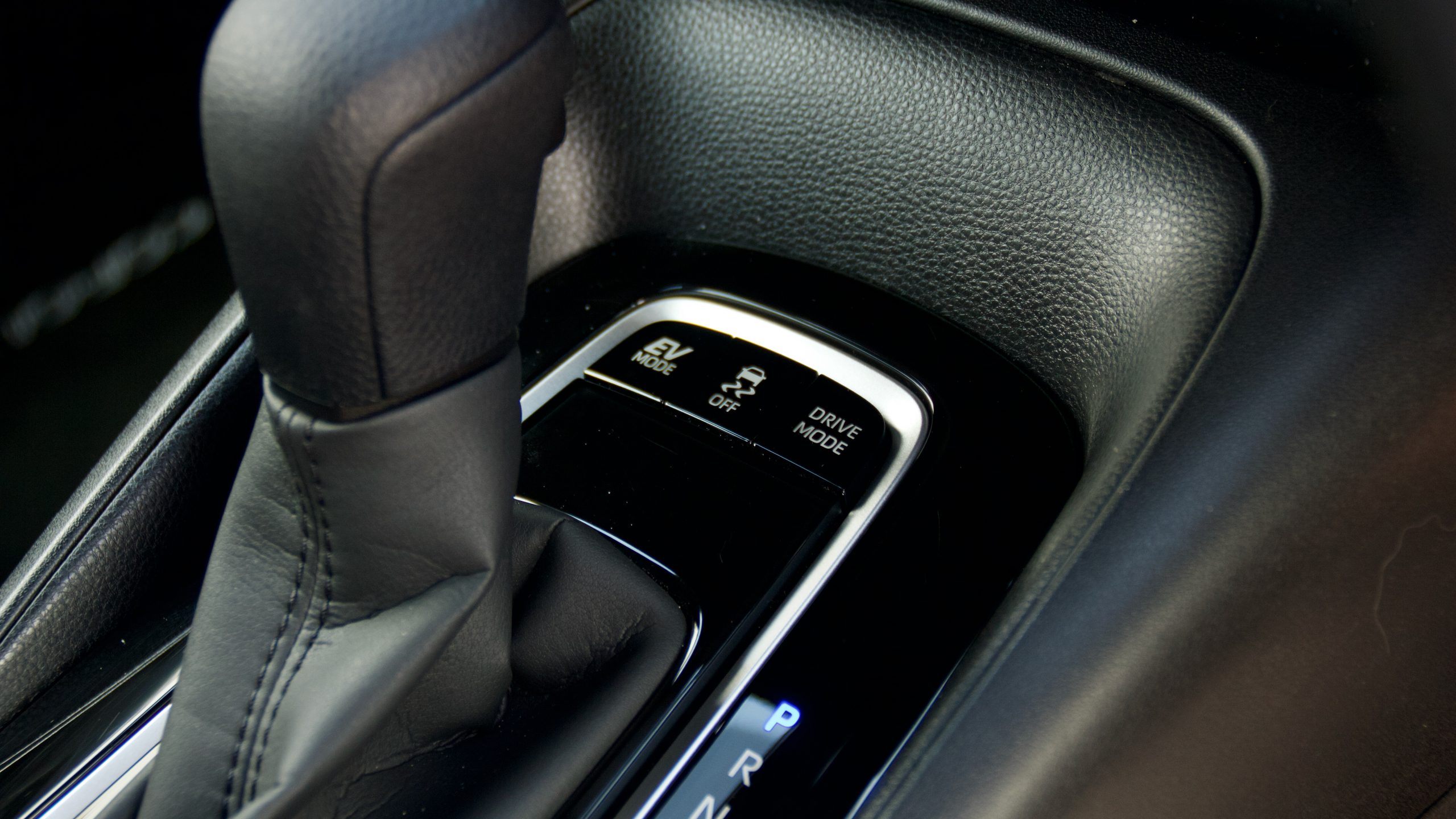
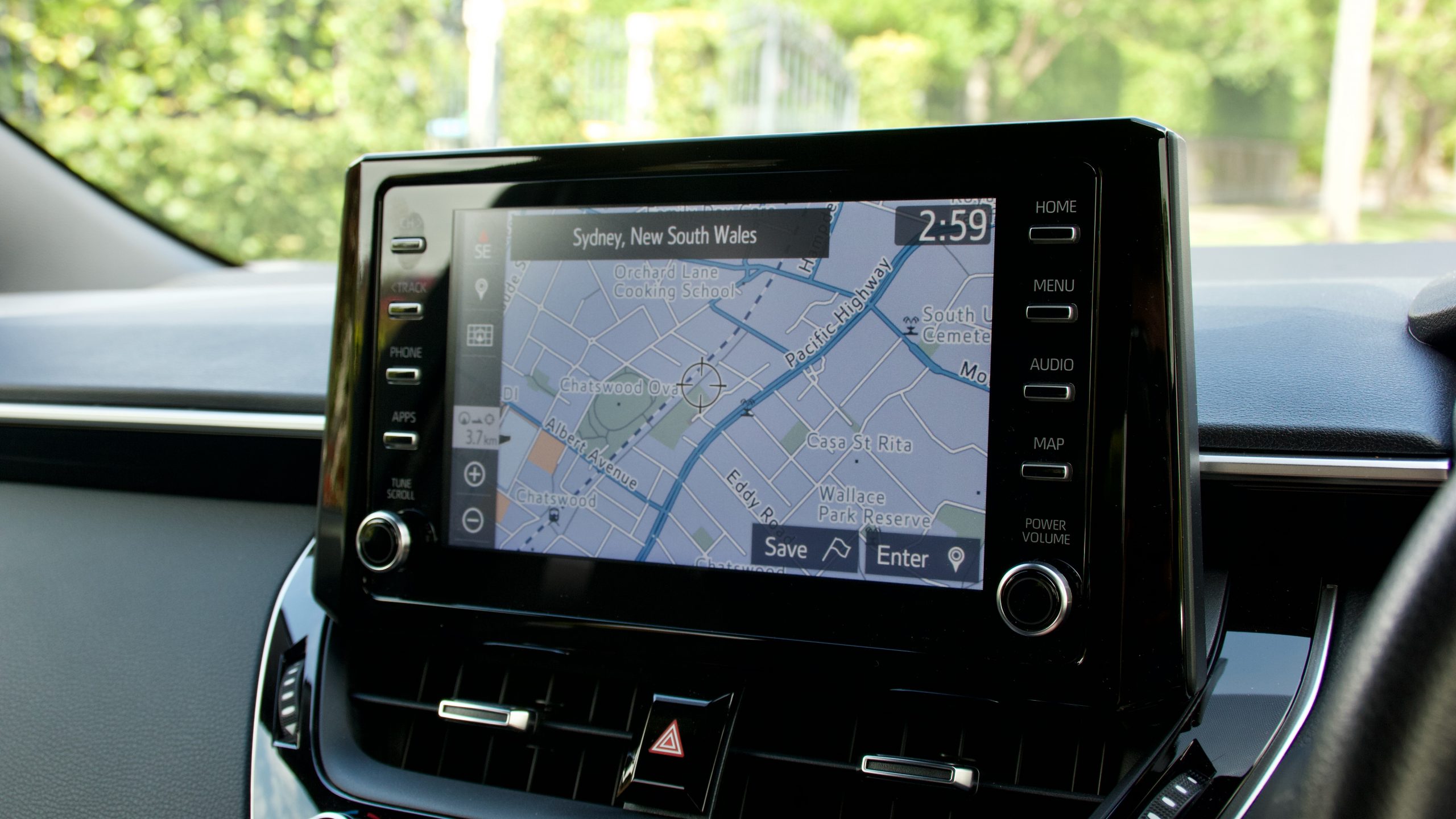
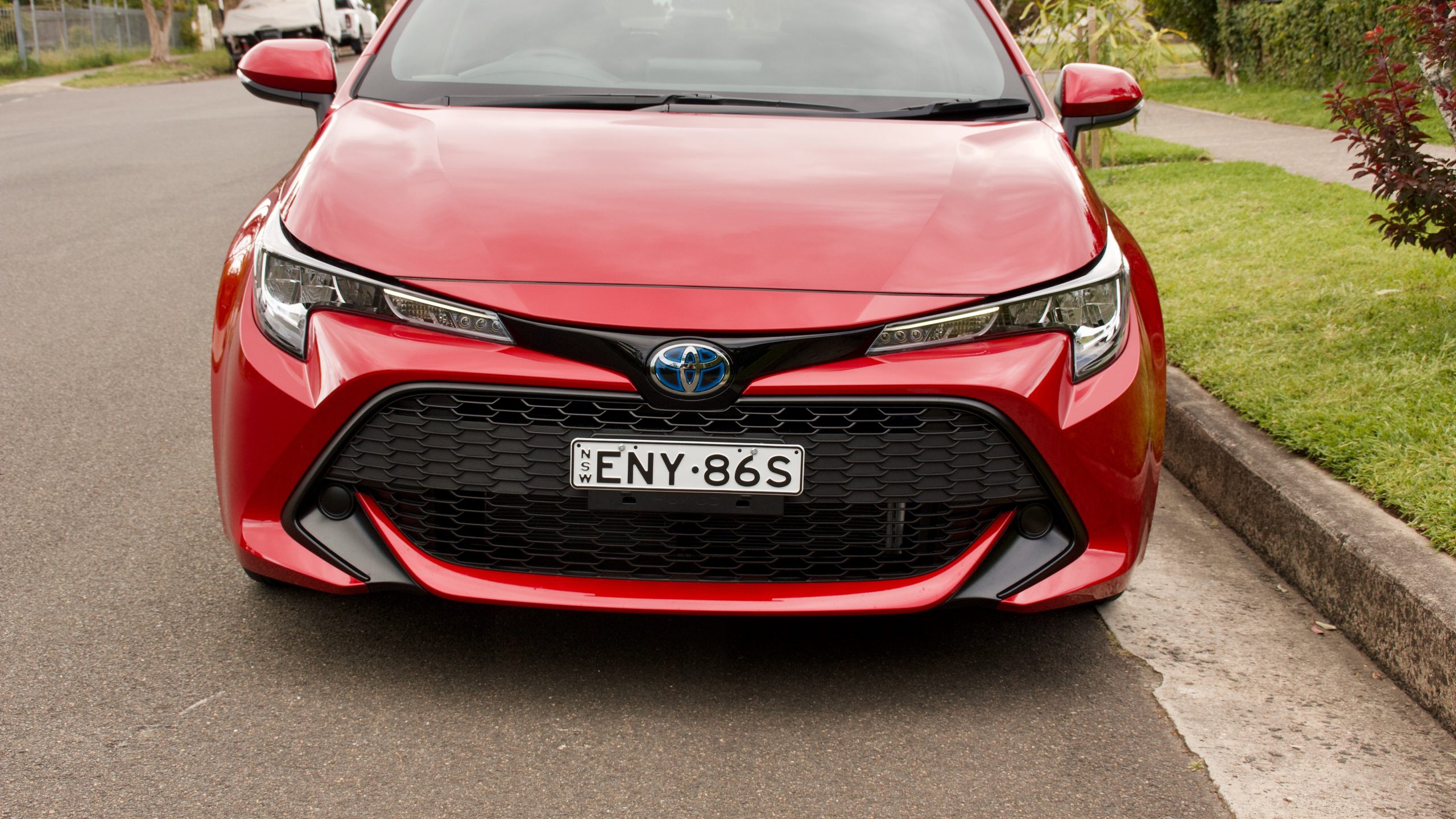
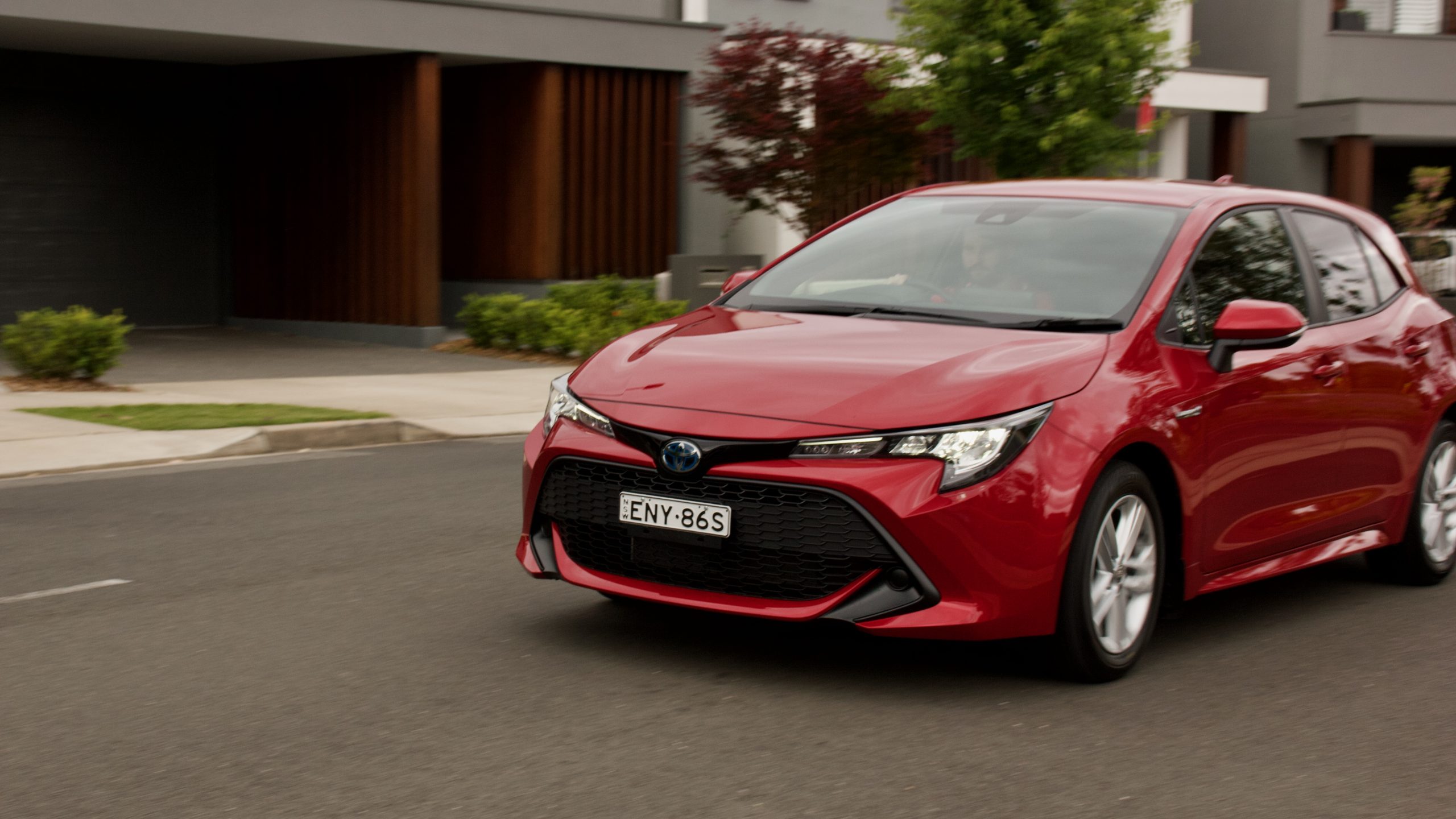
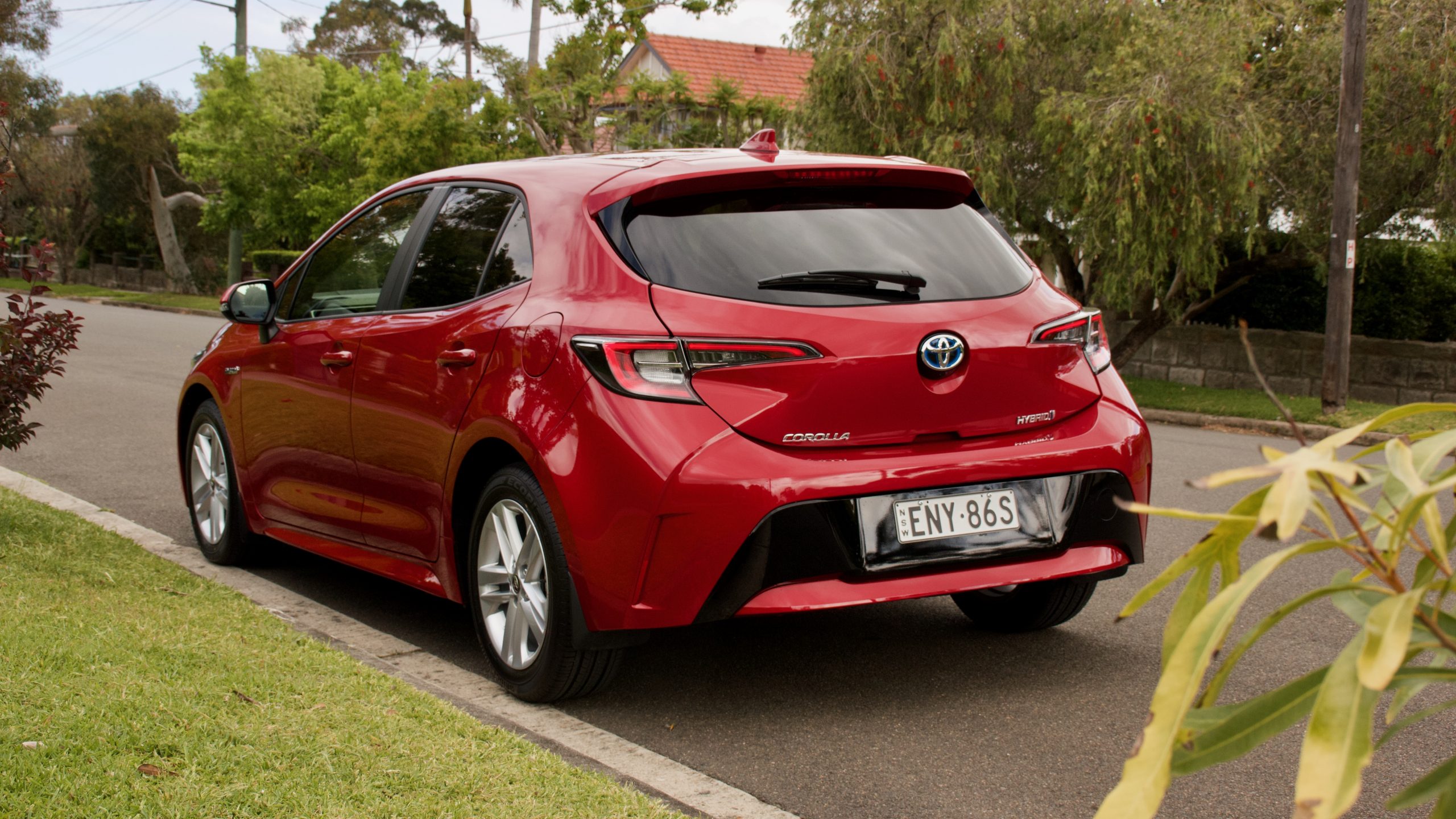
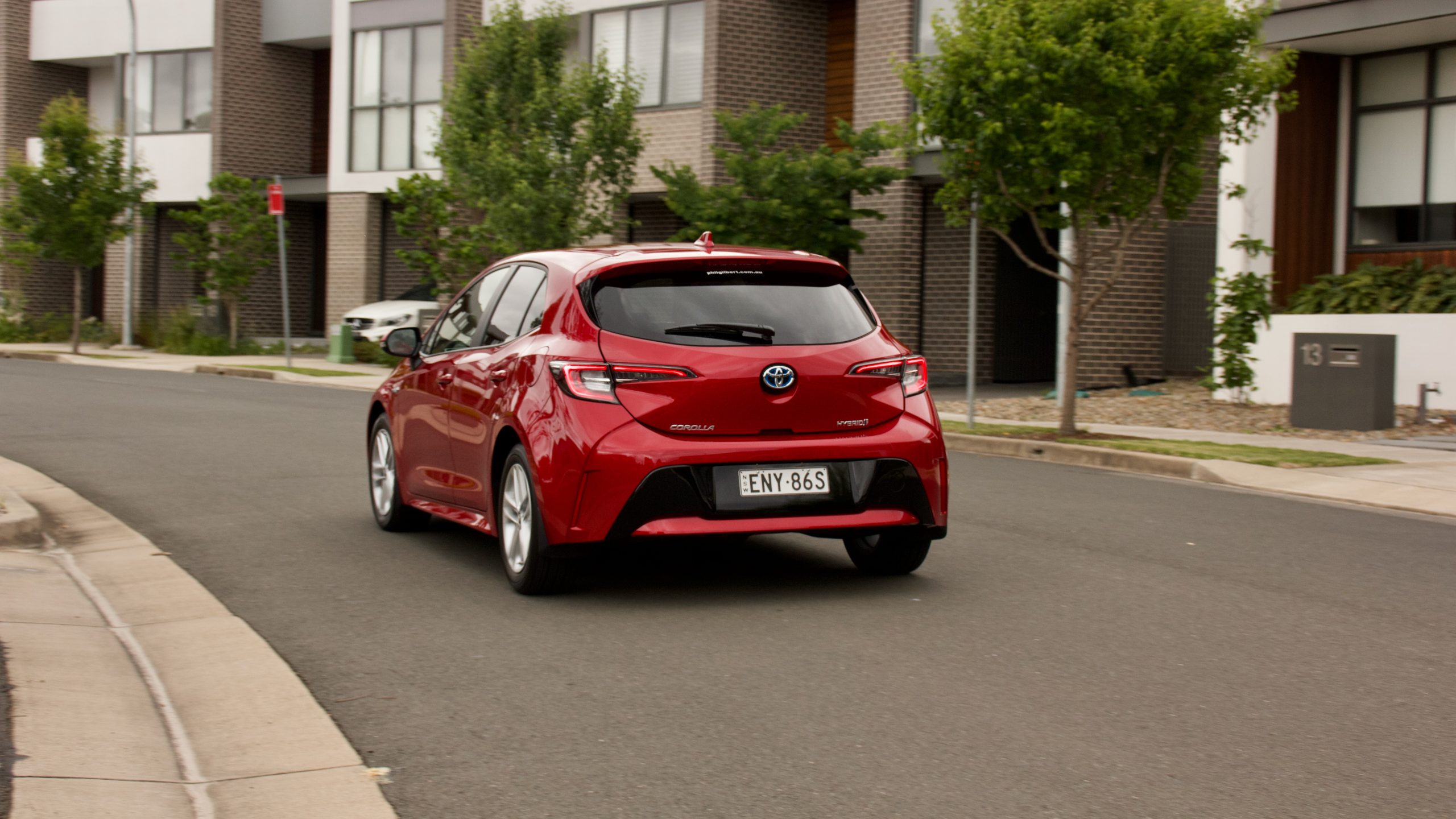
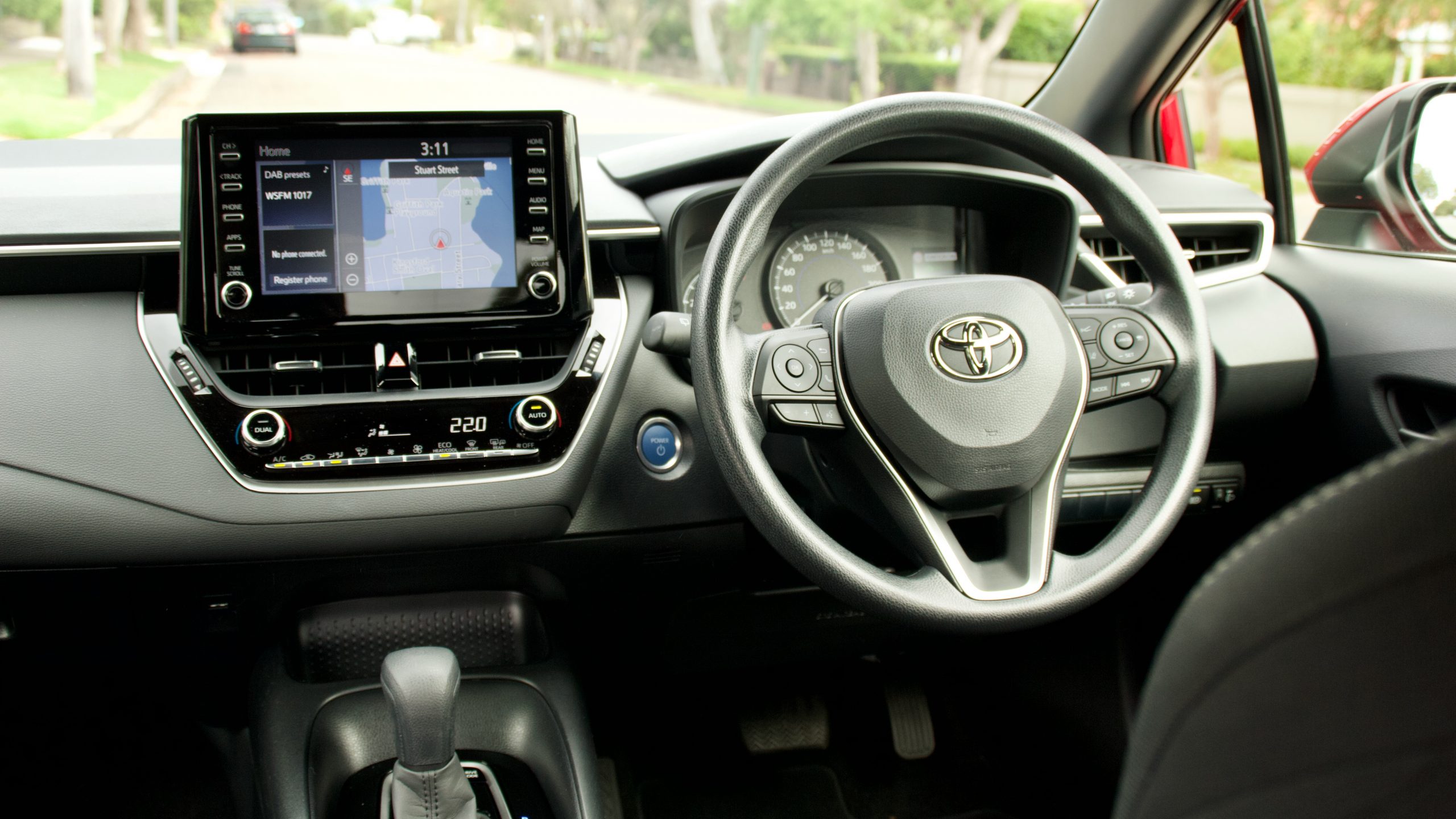
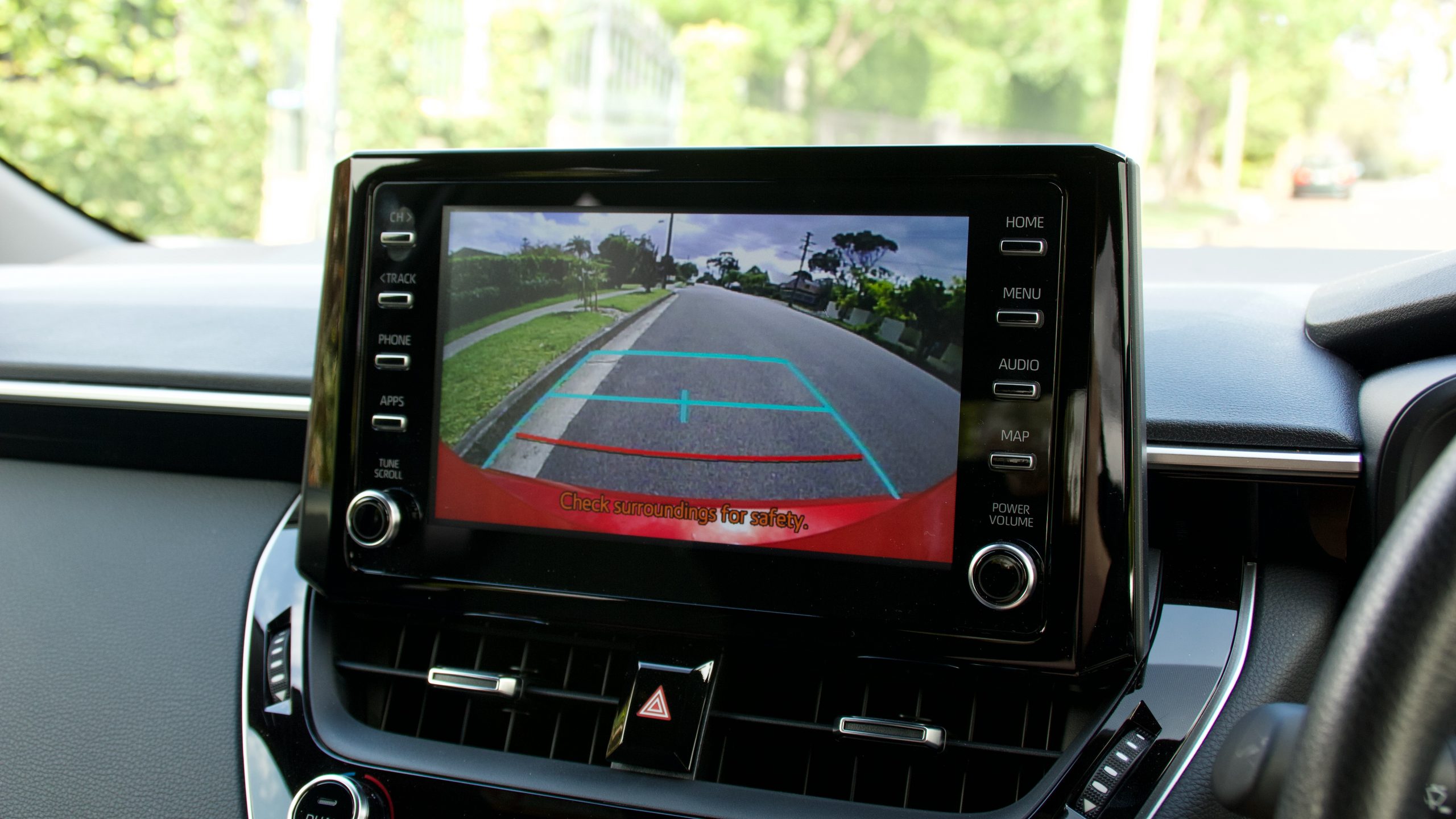
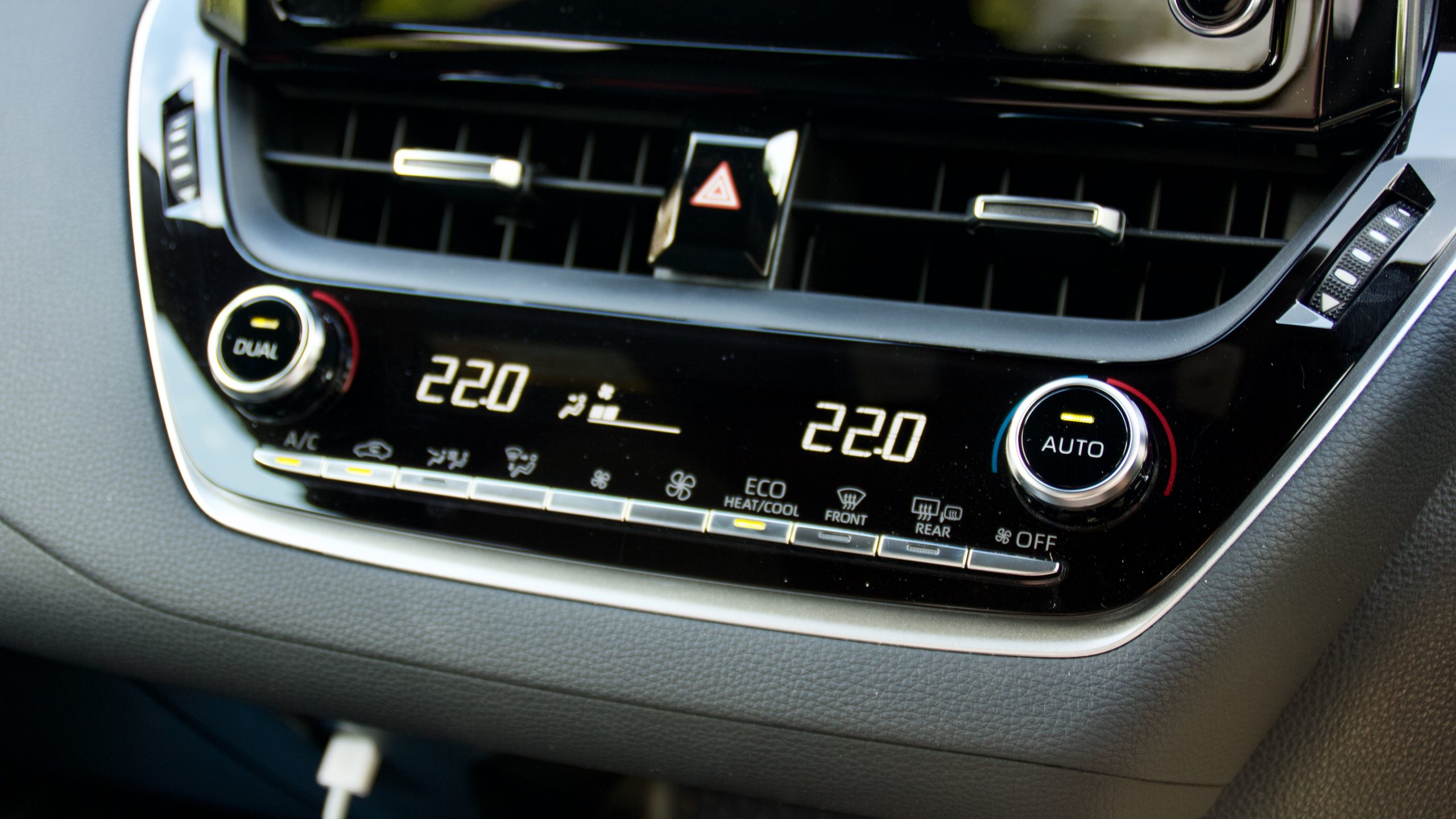
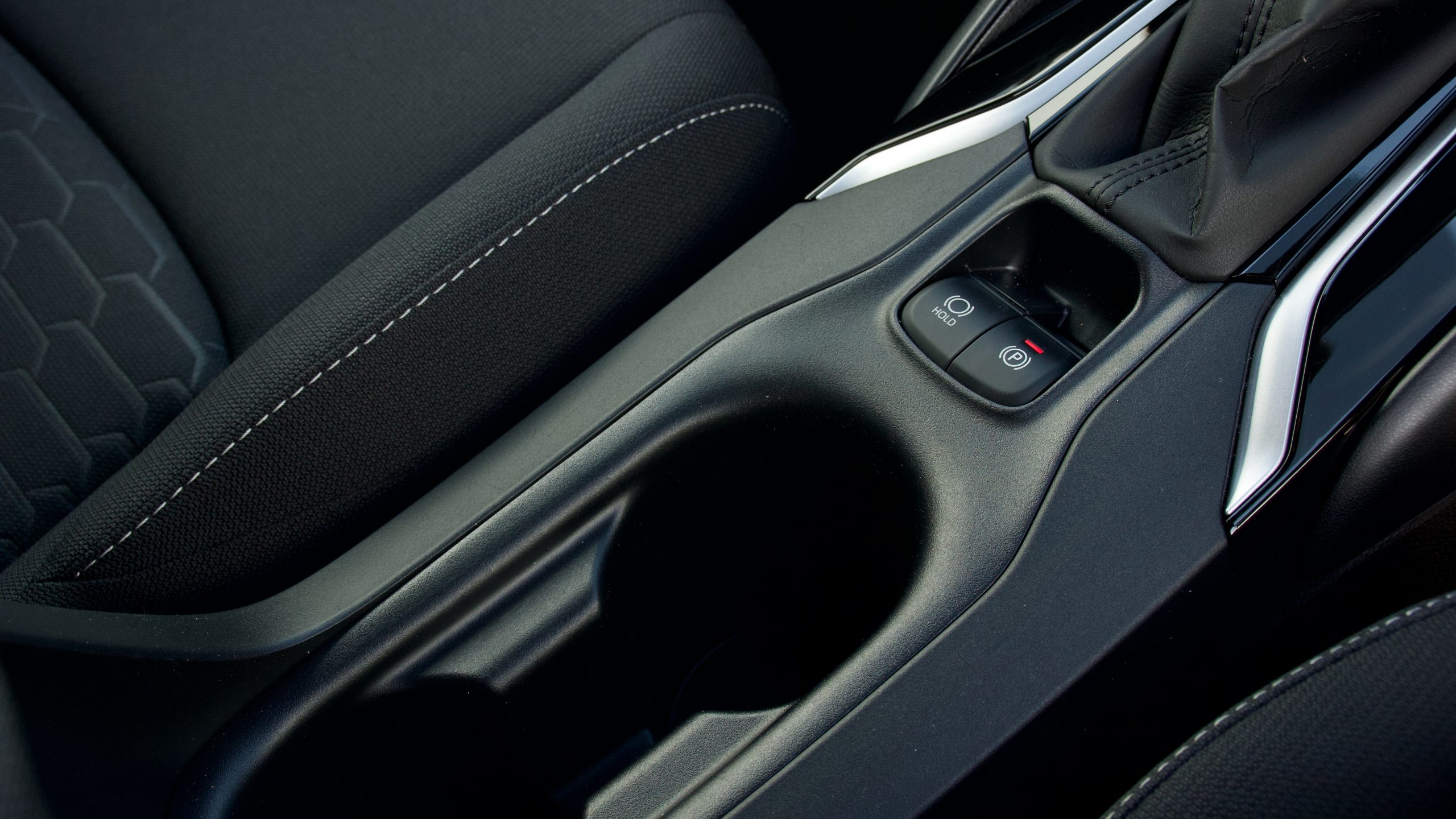
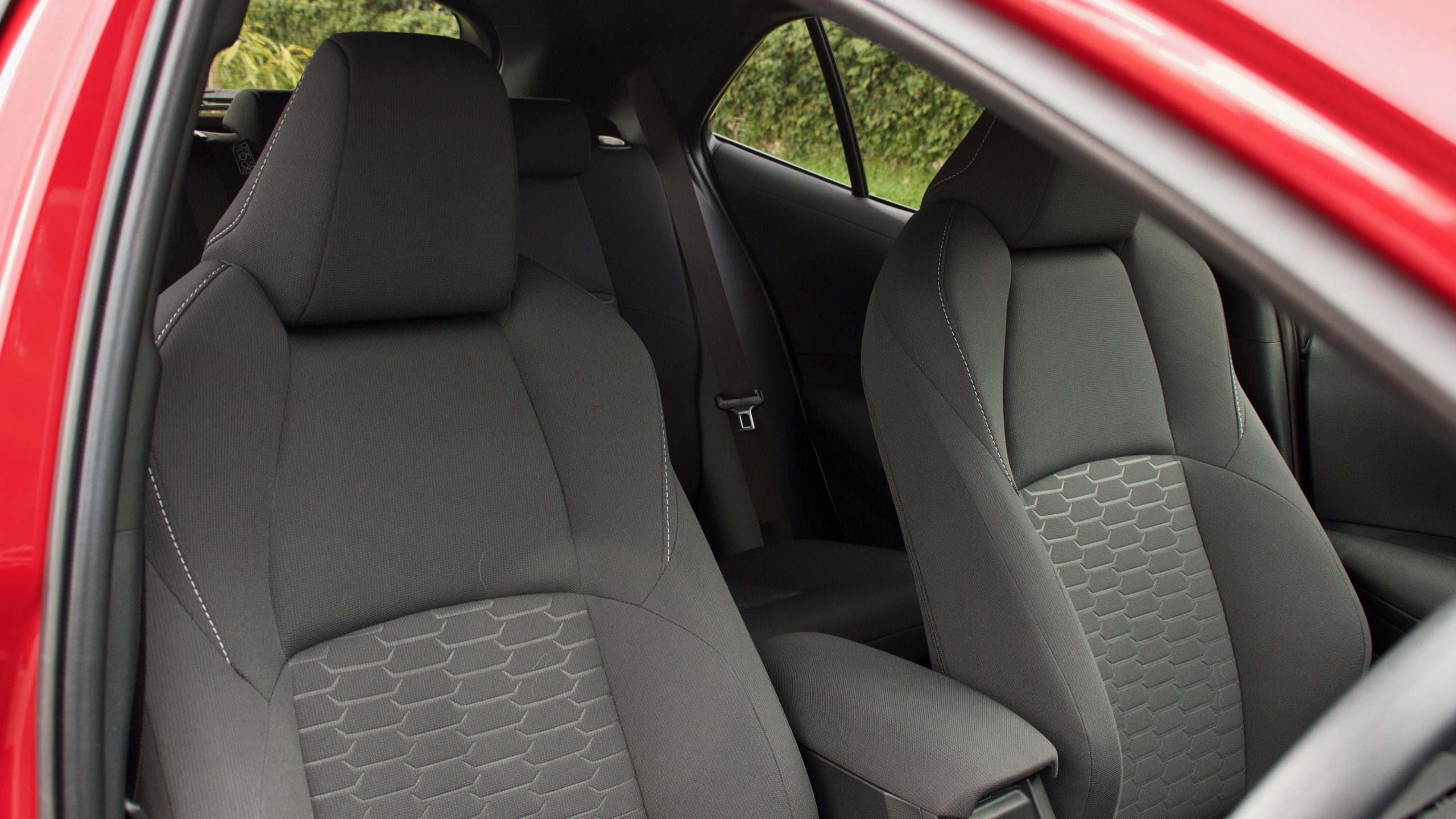
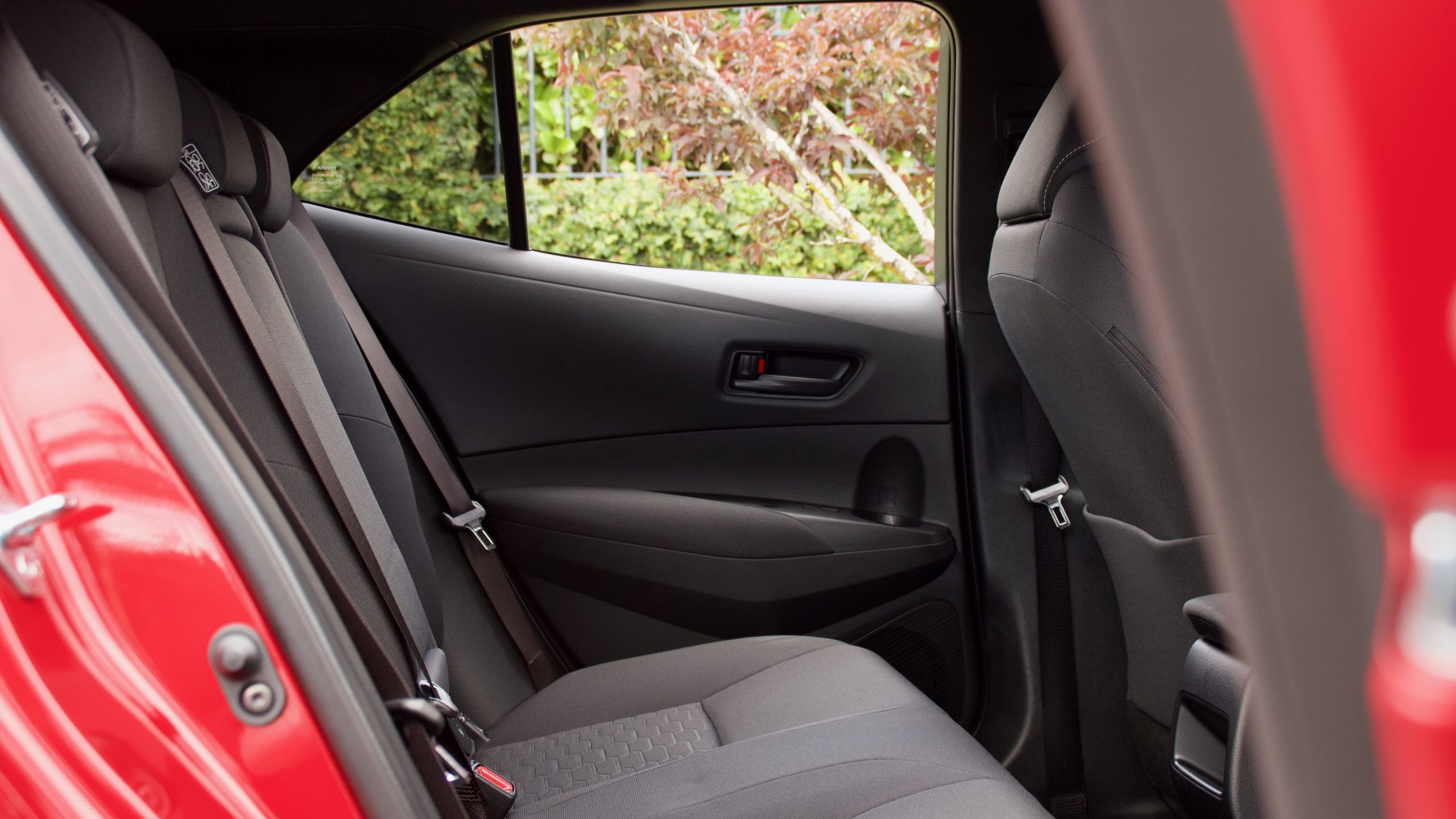
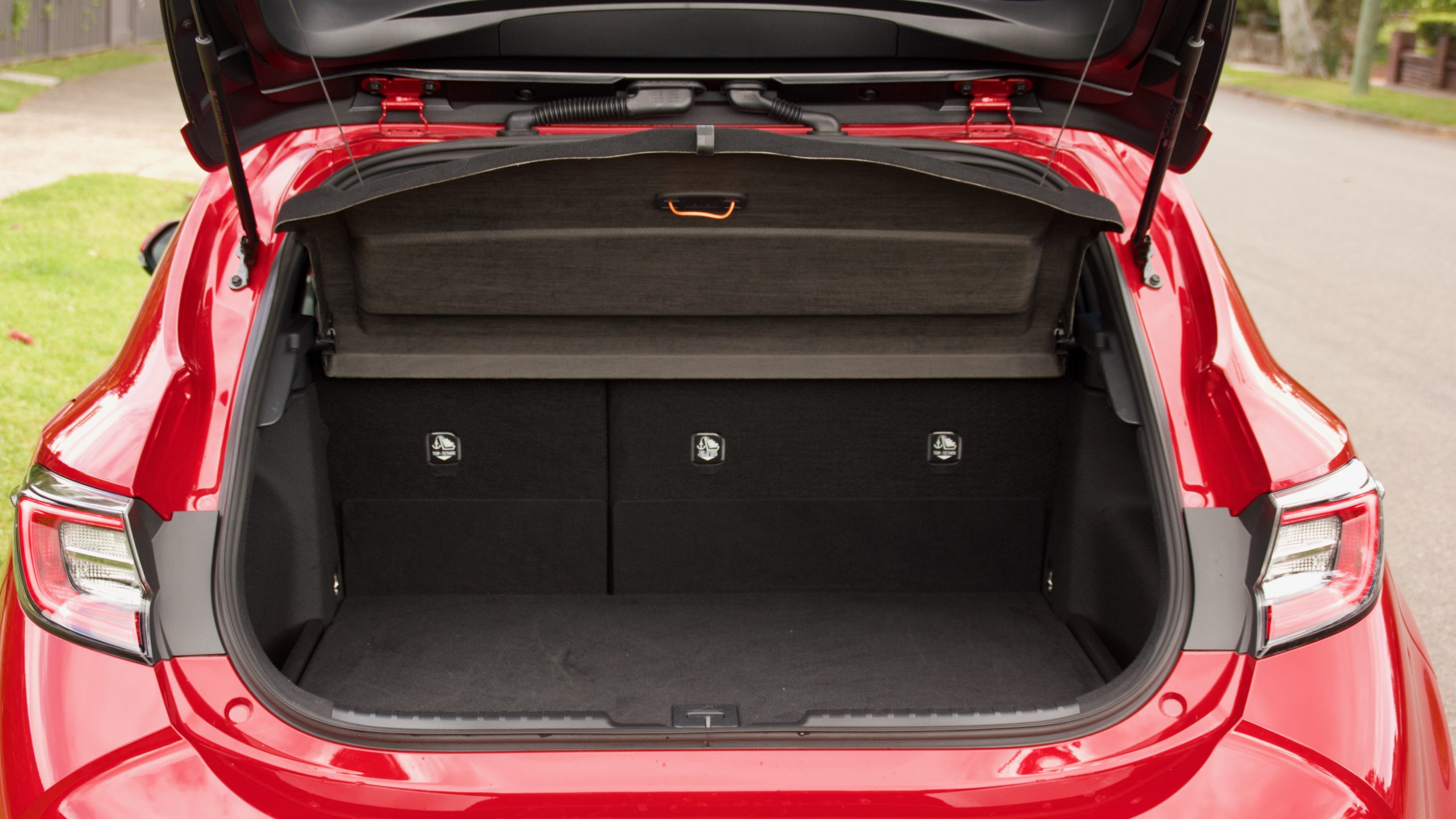
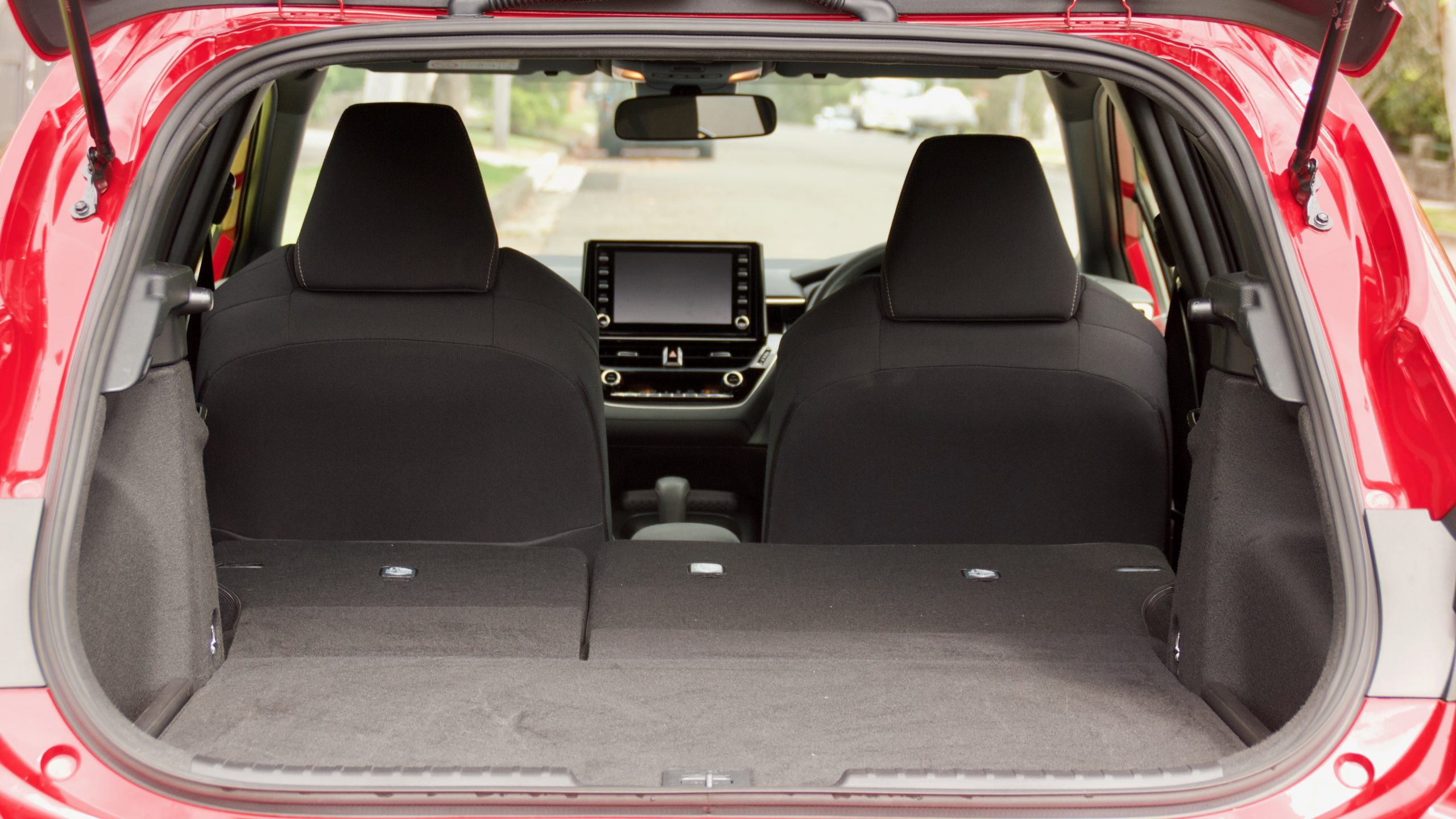
Leave a Reply